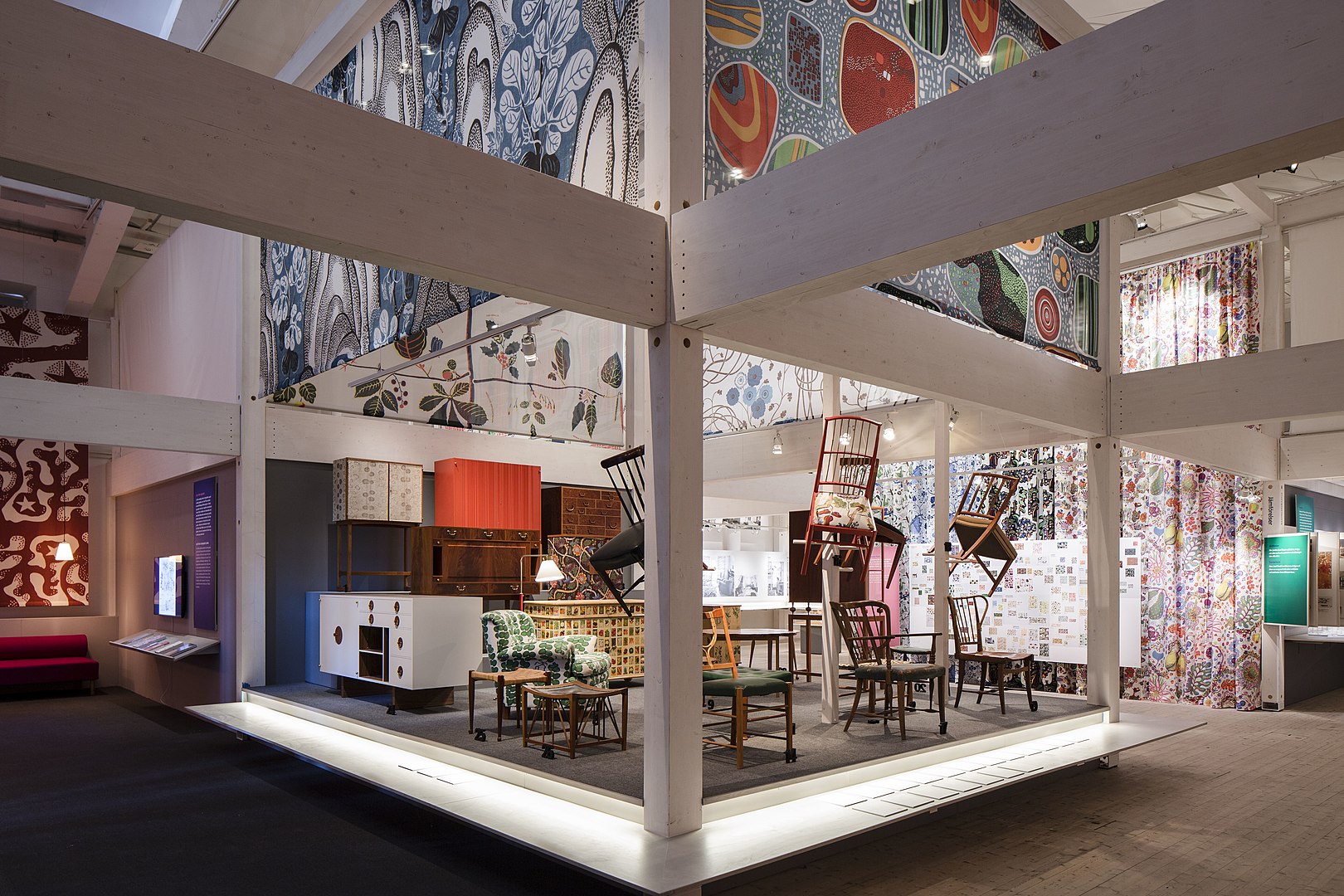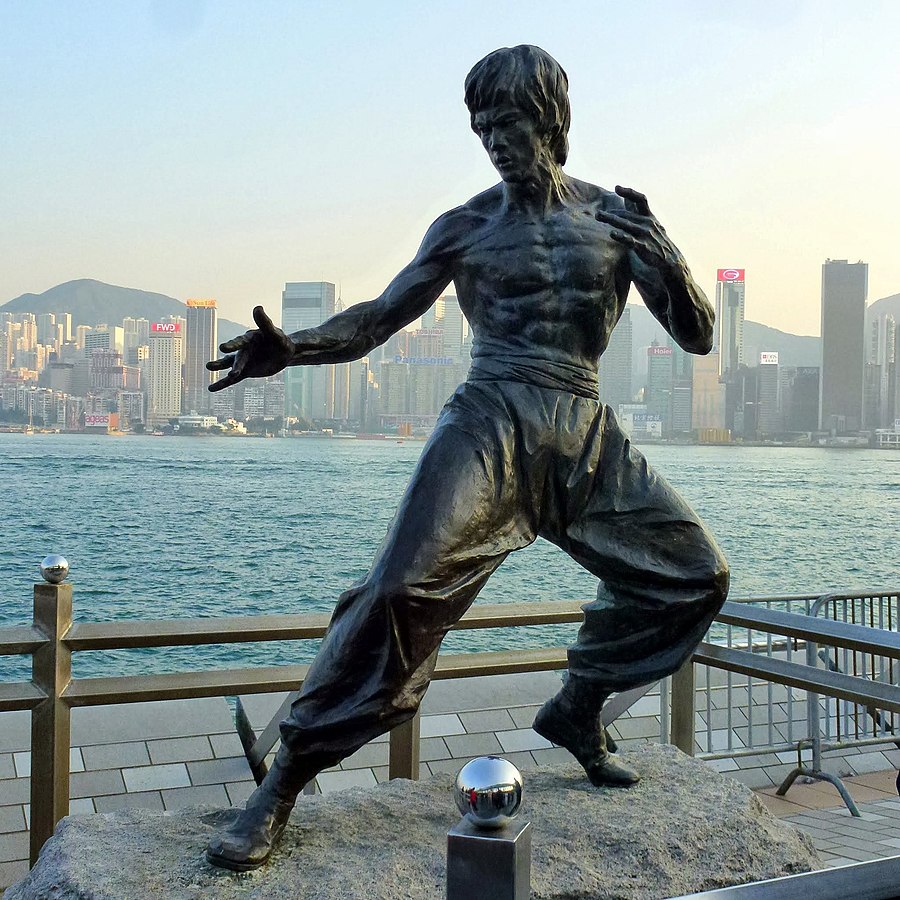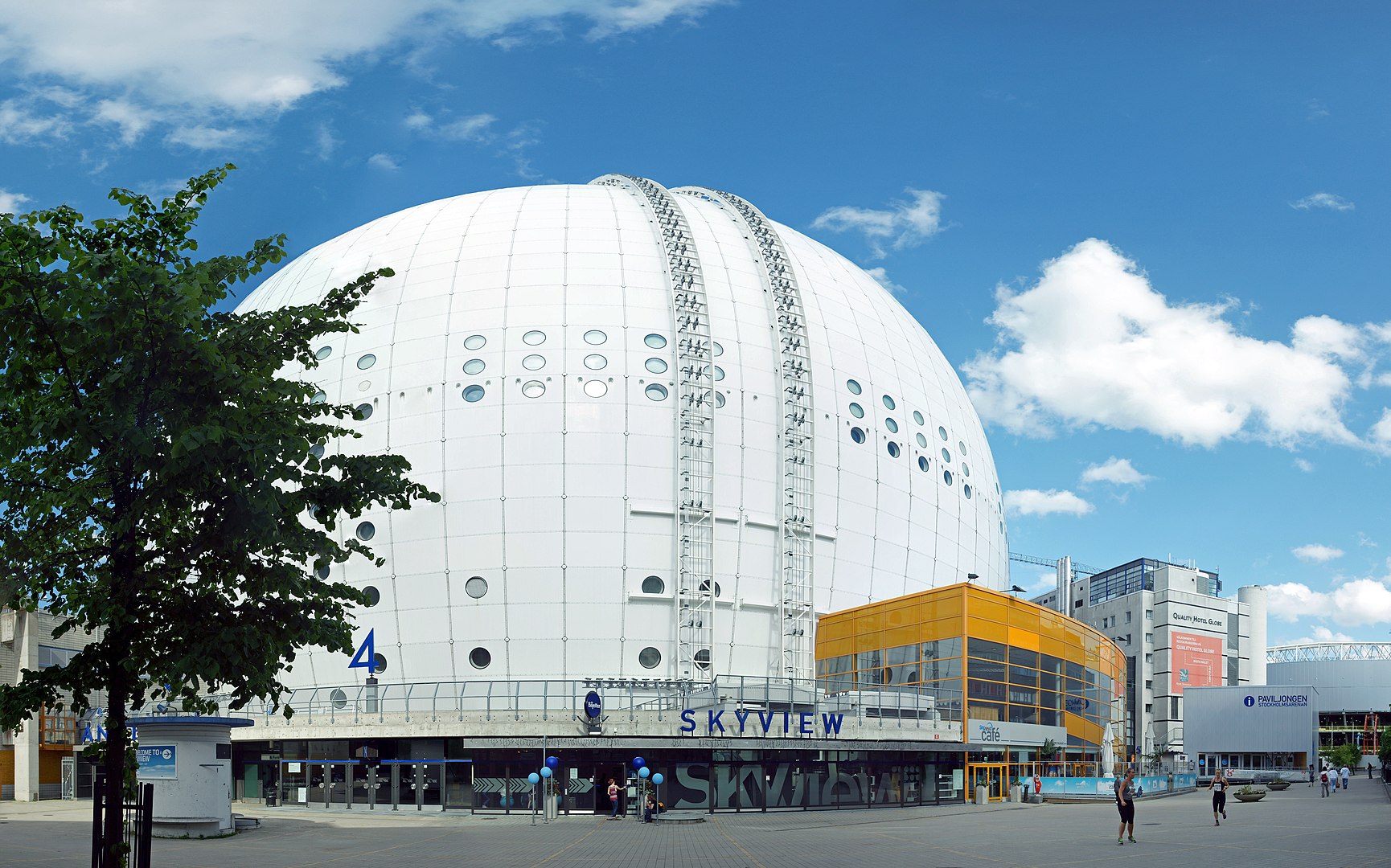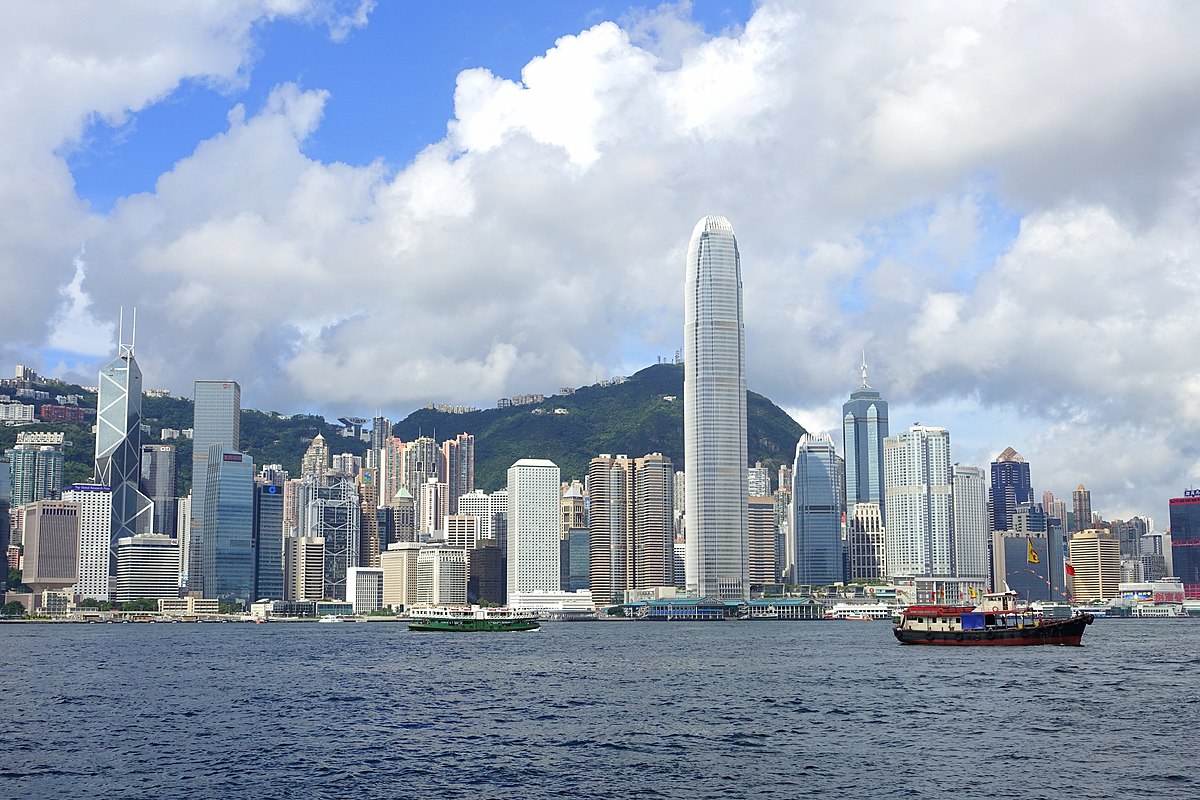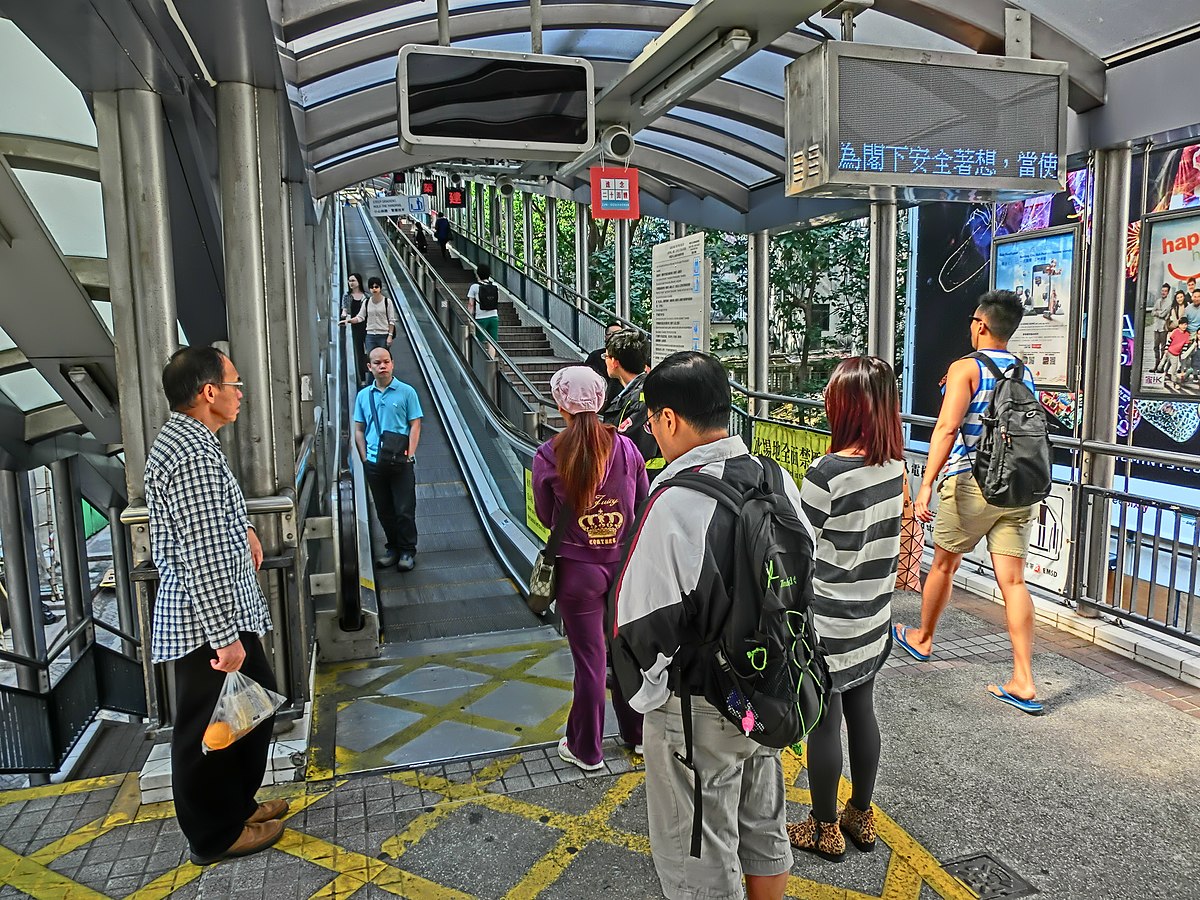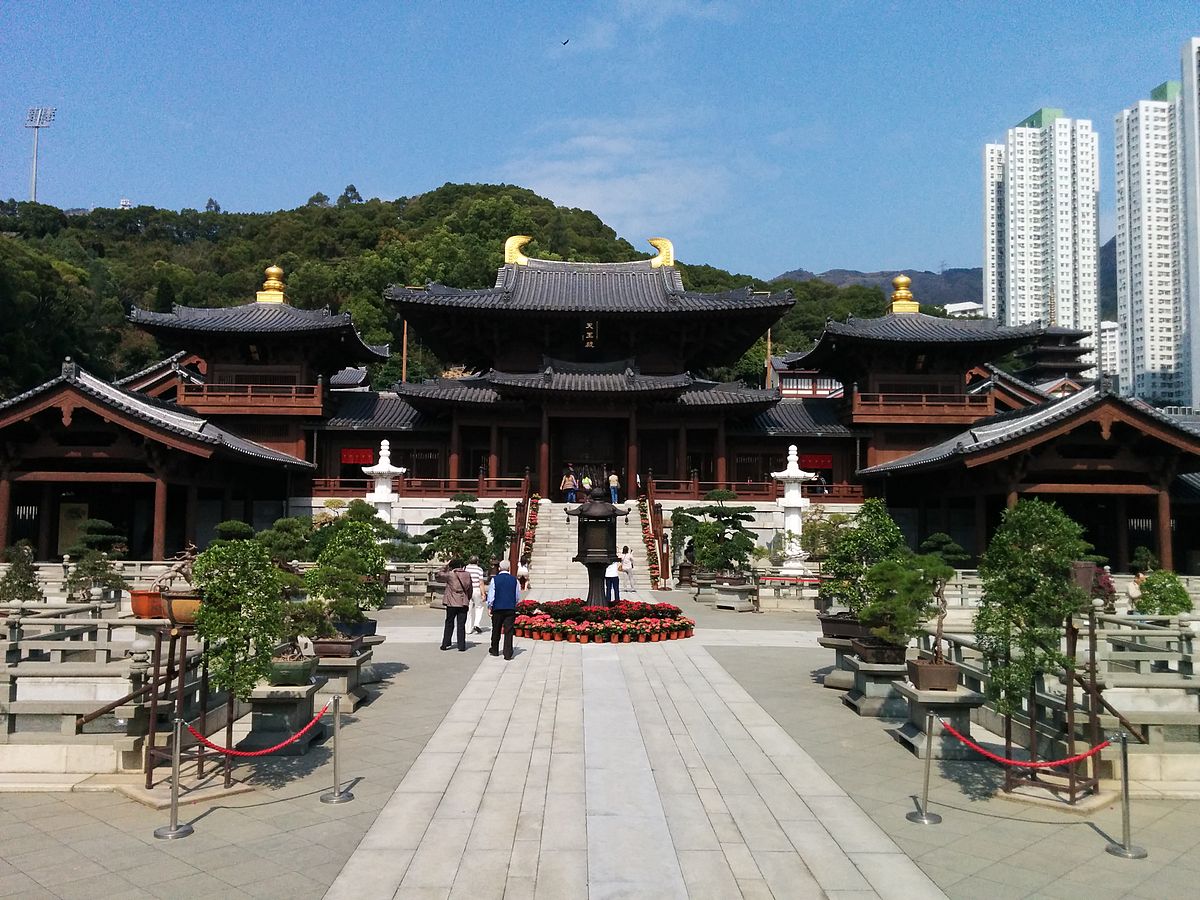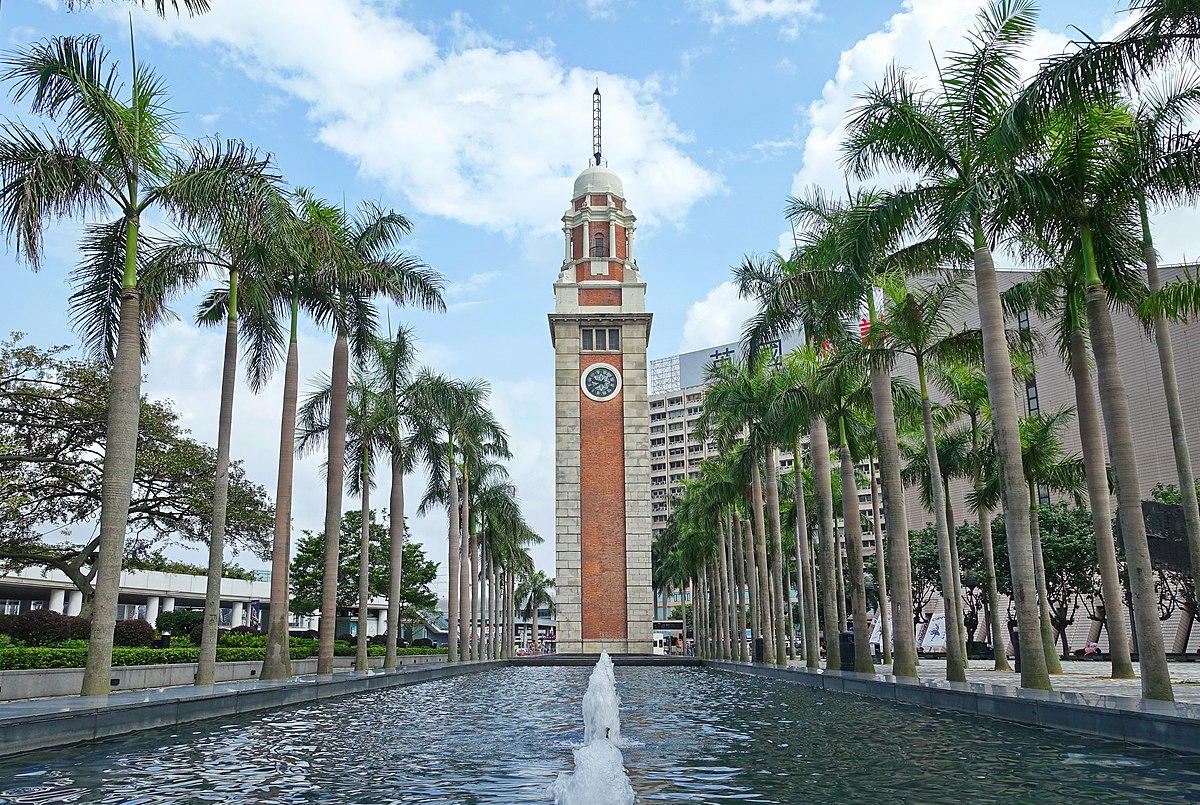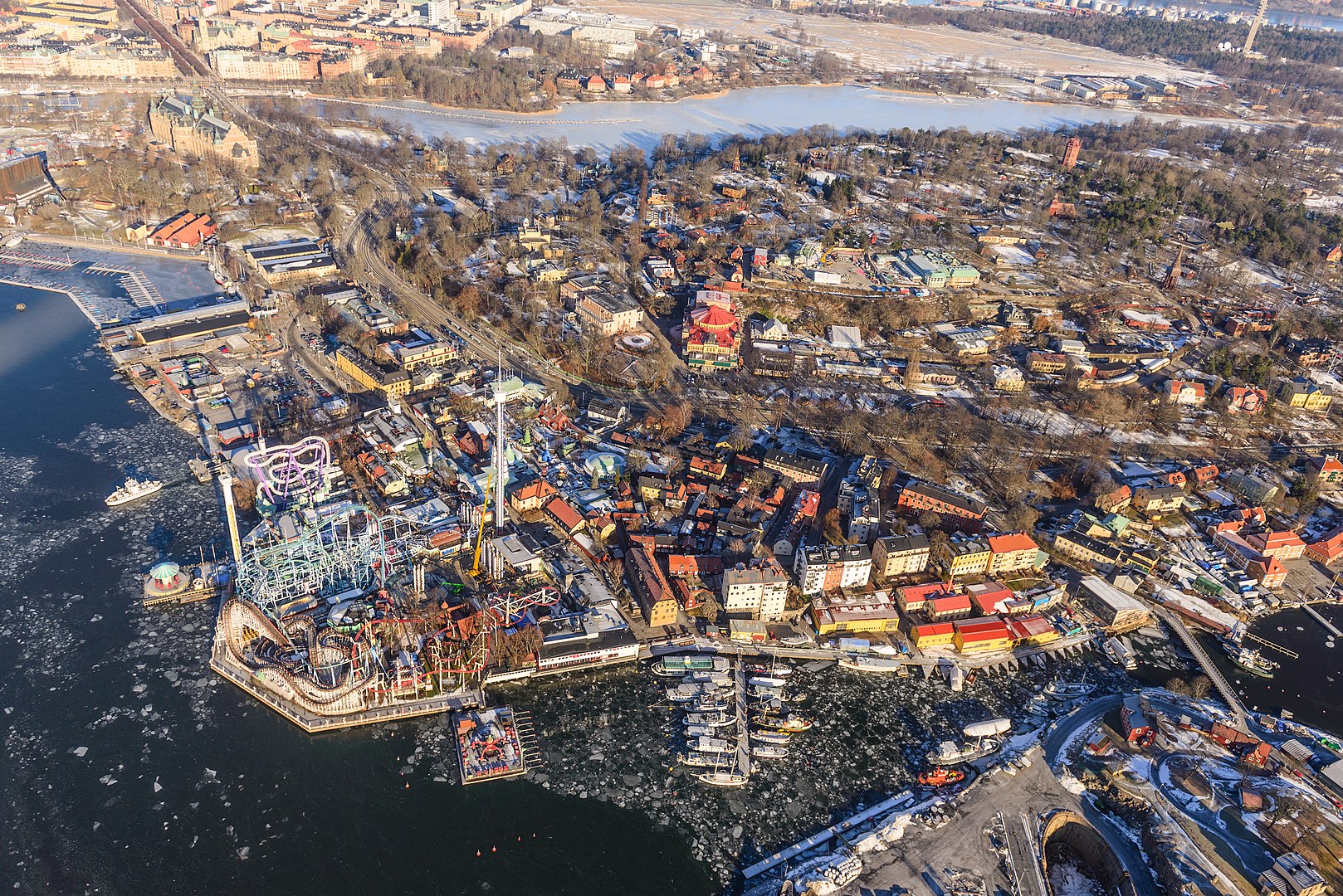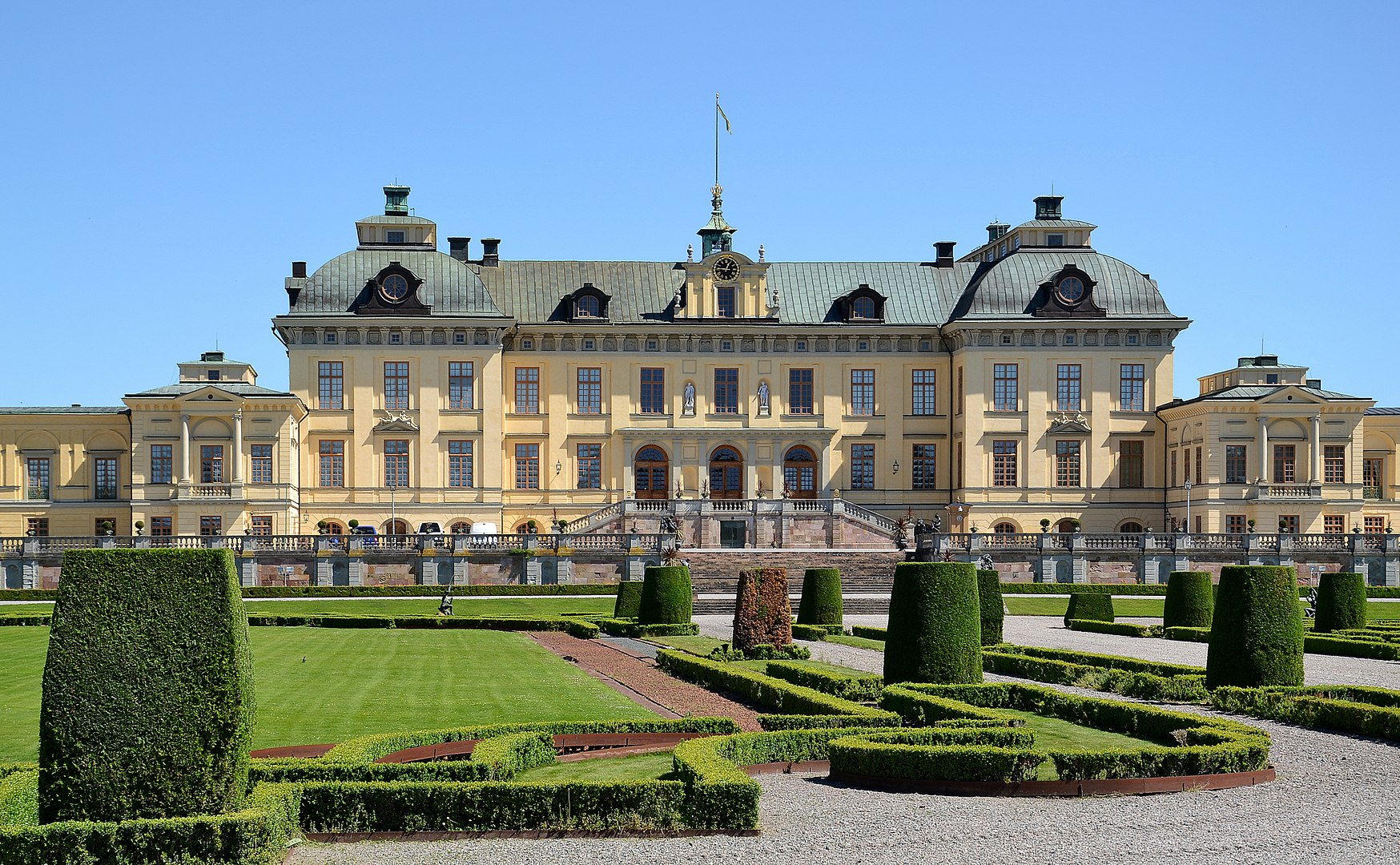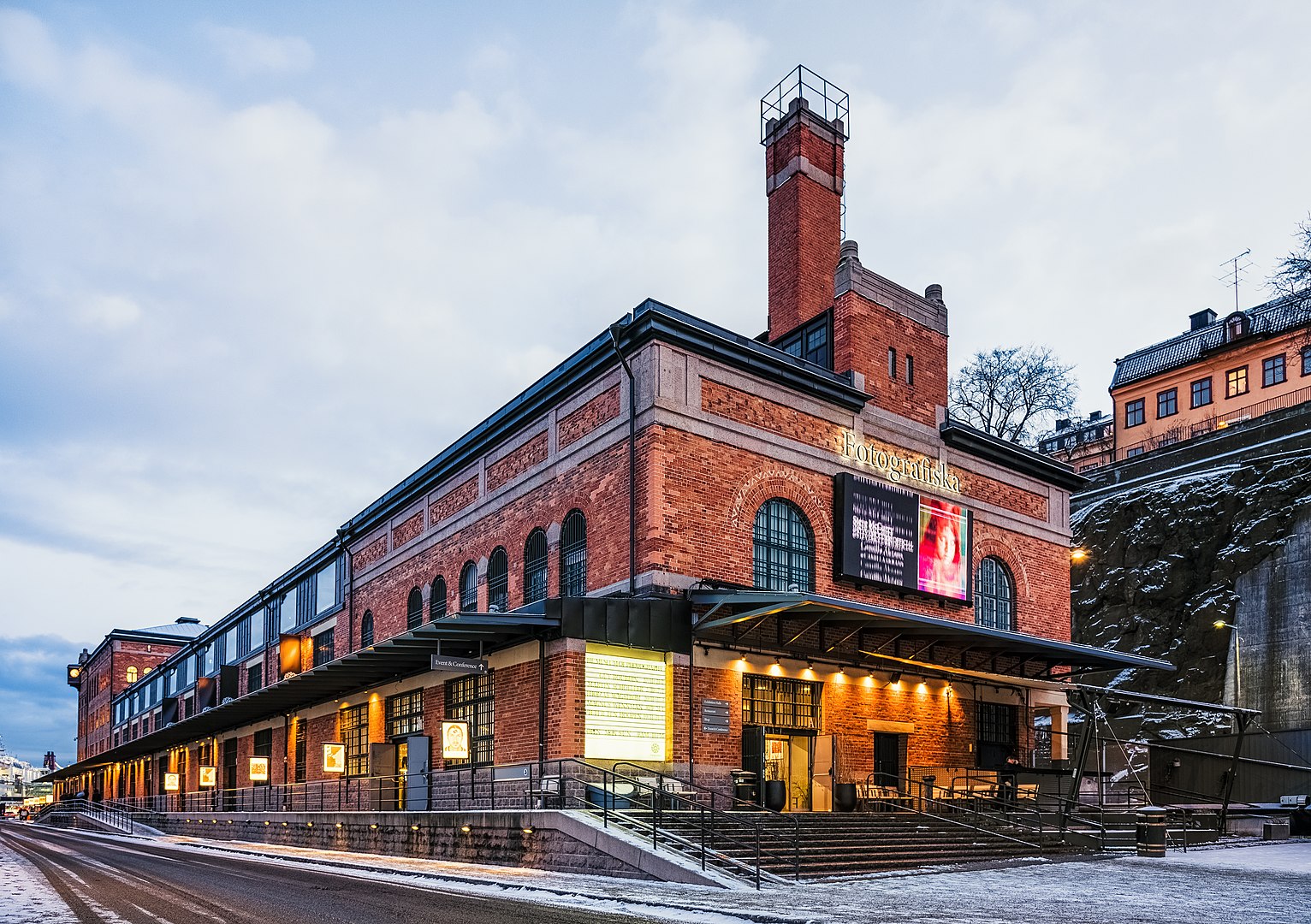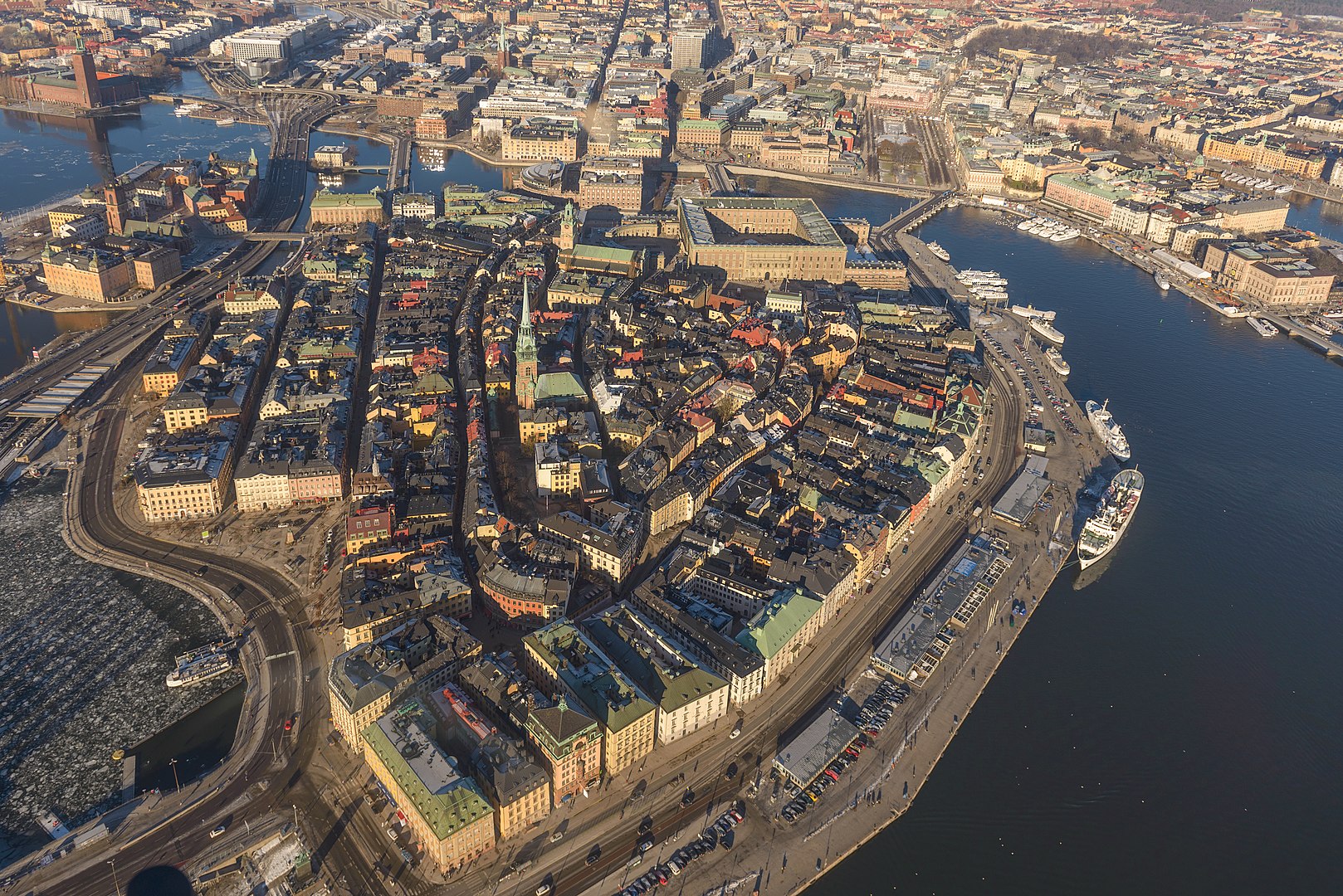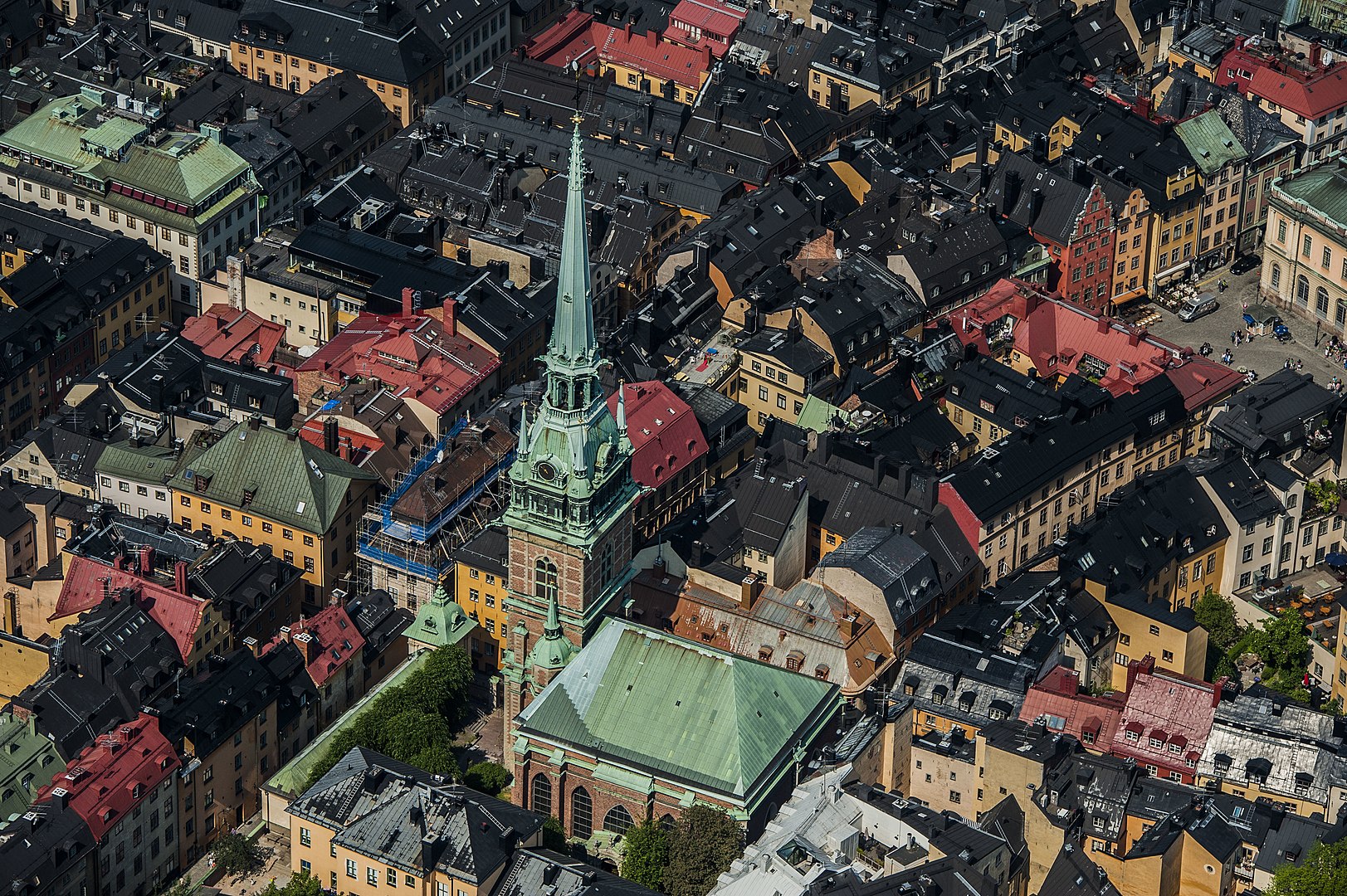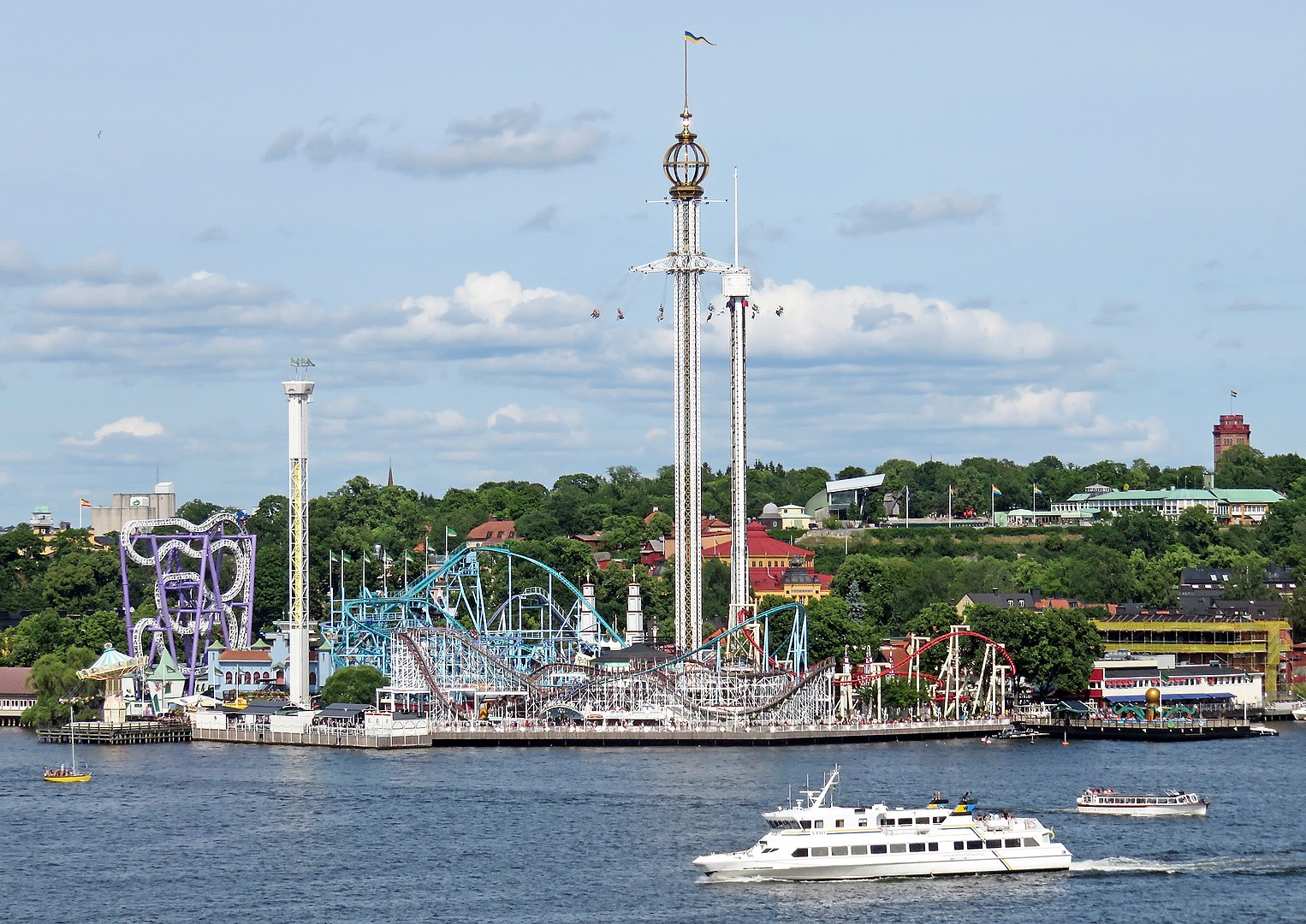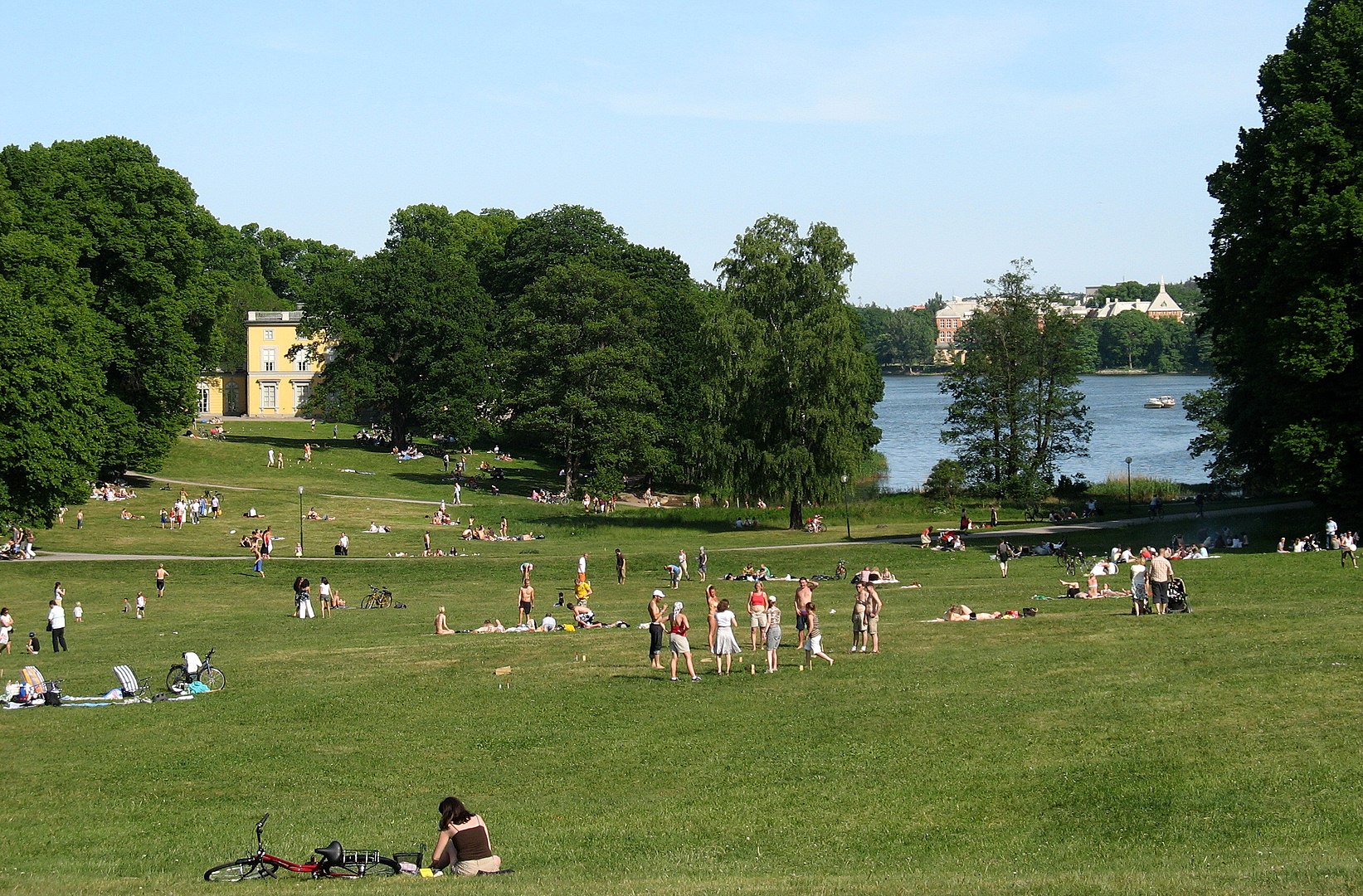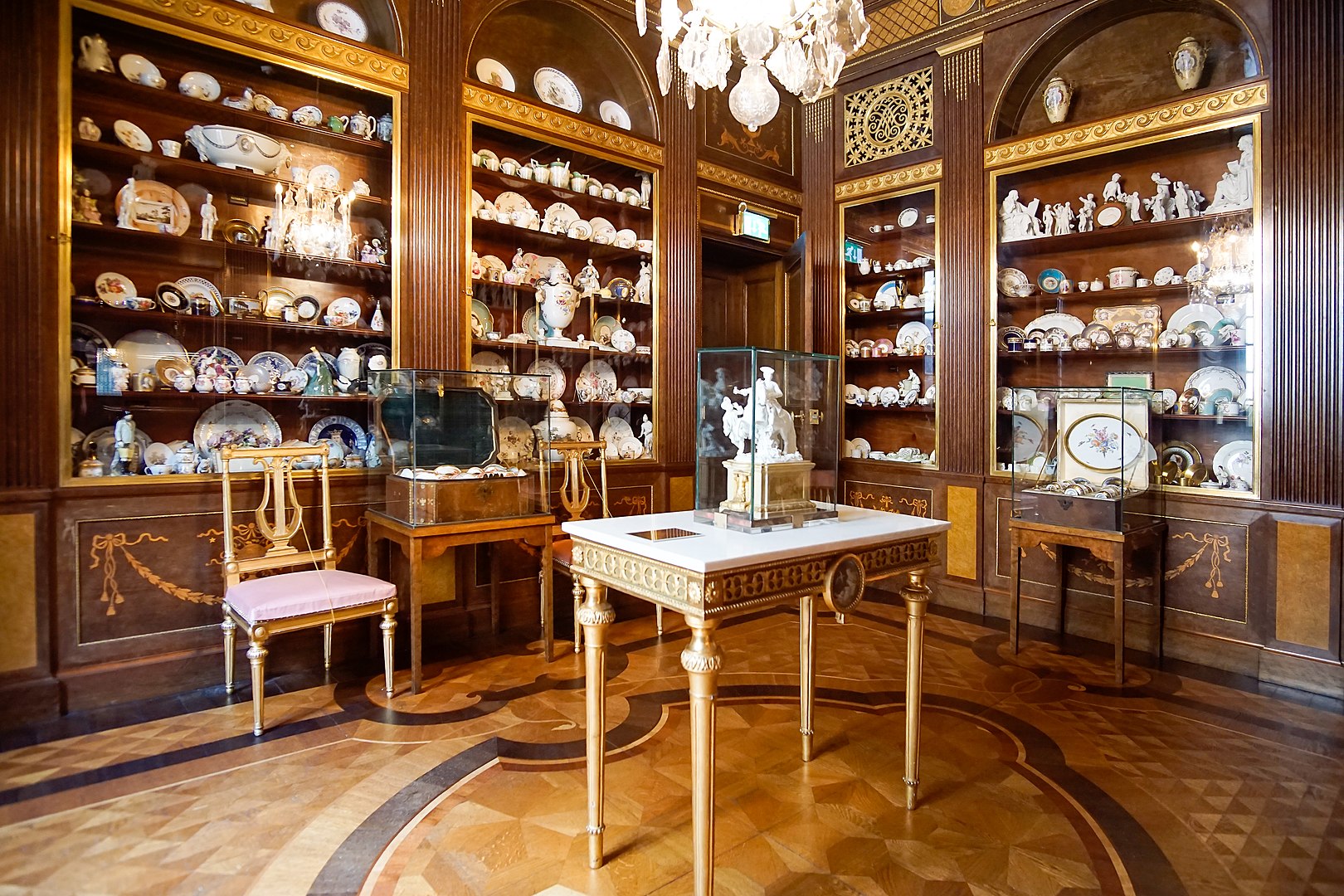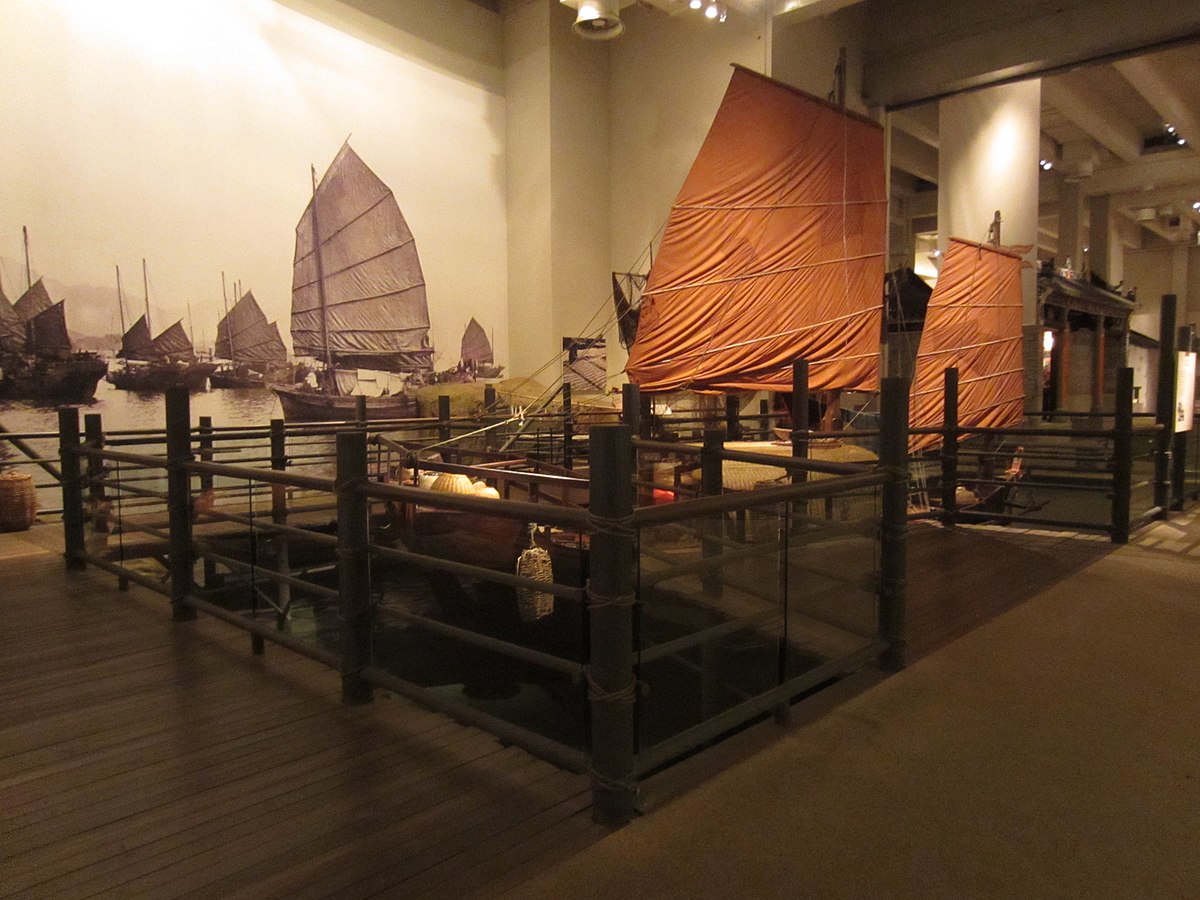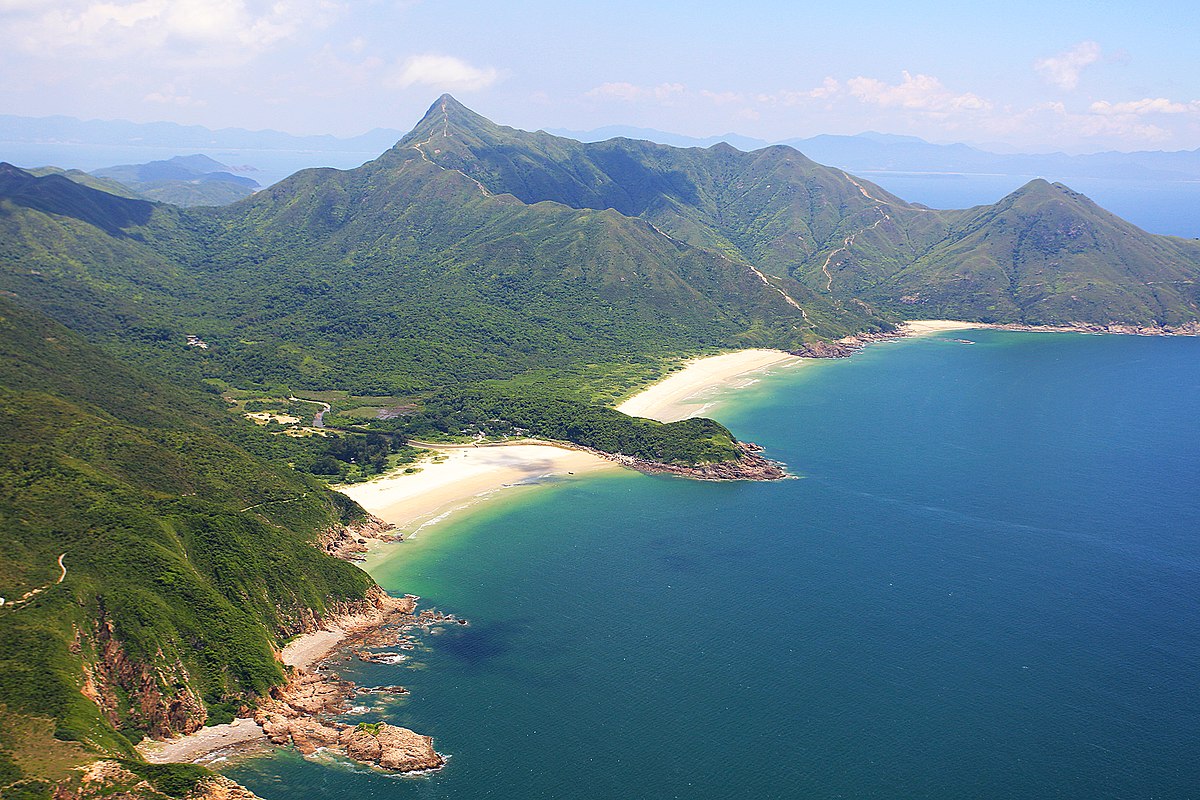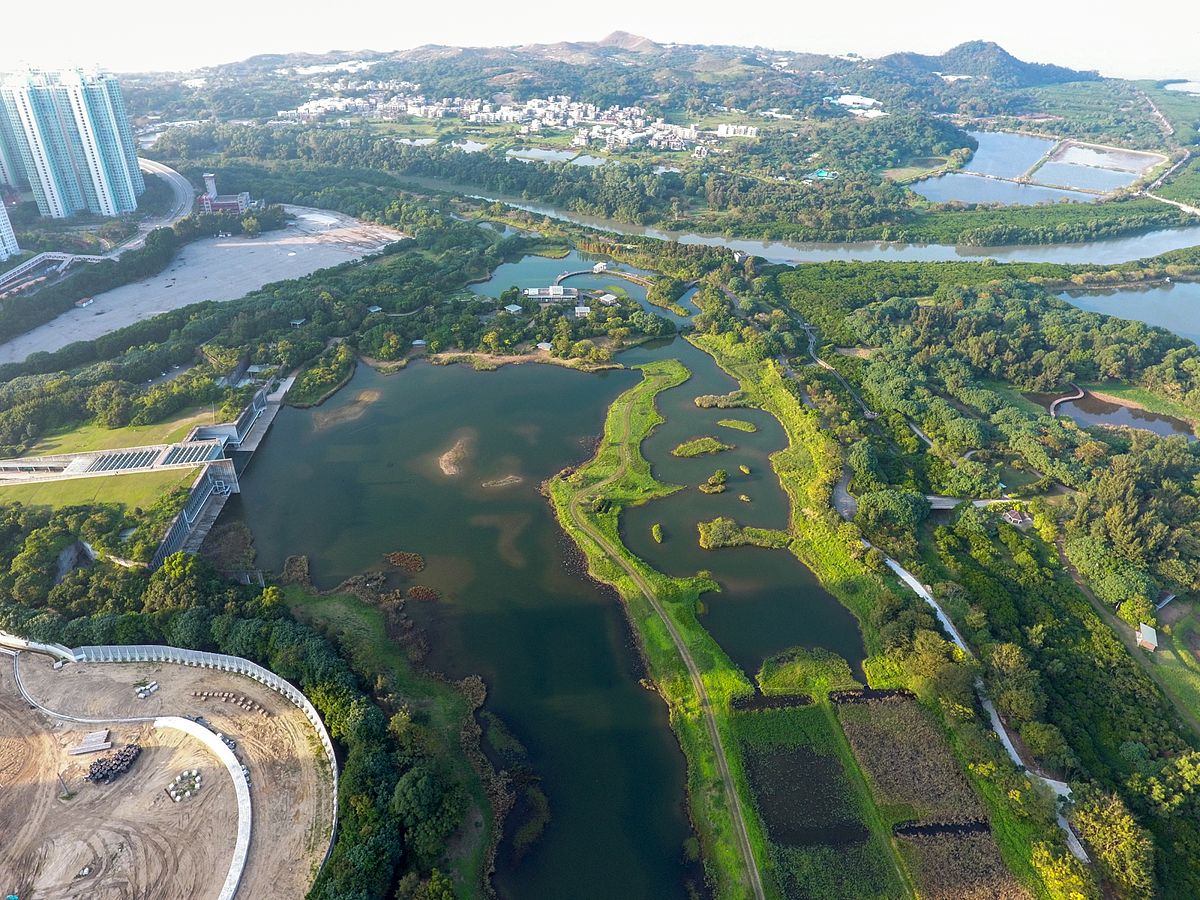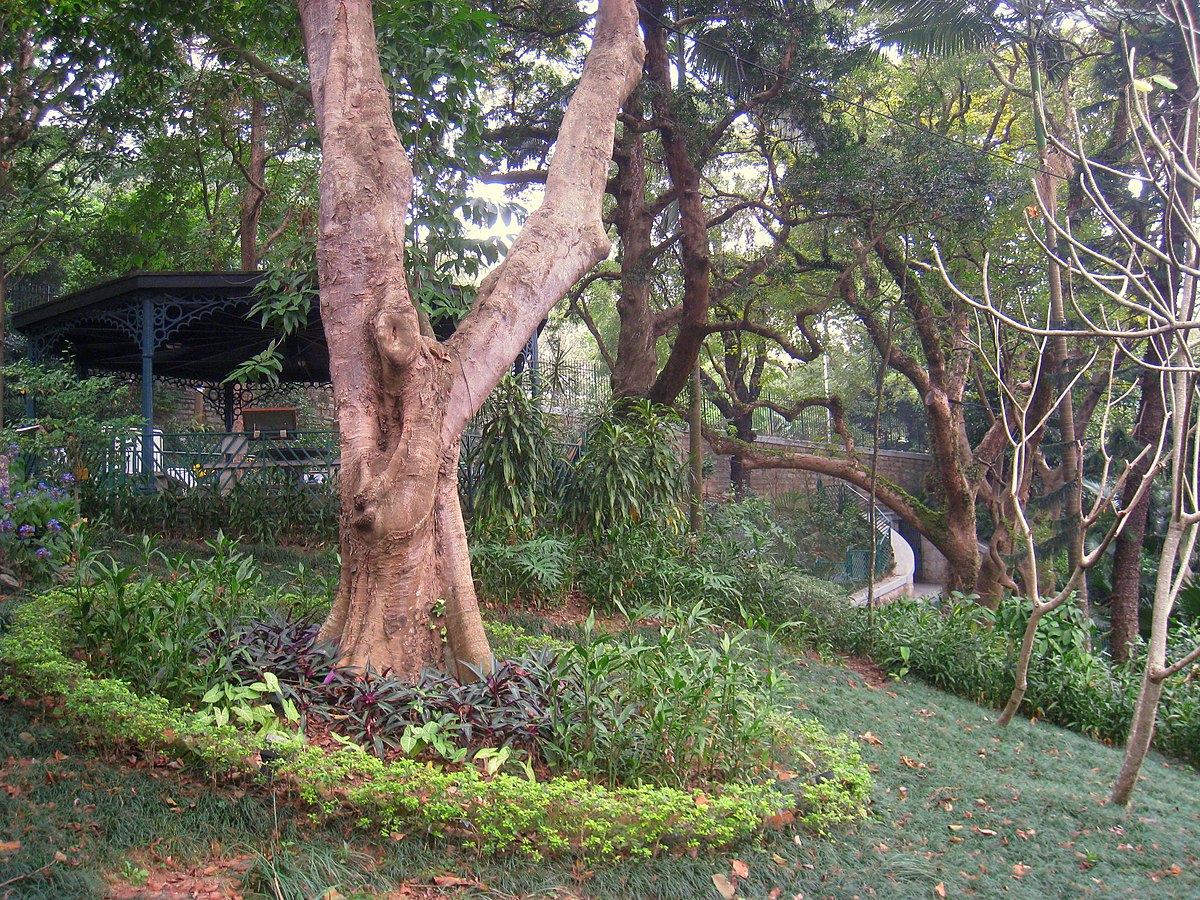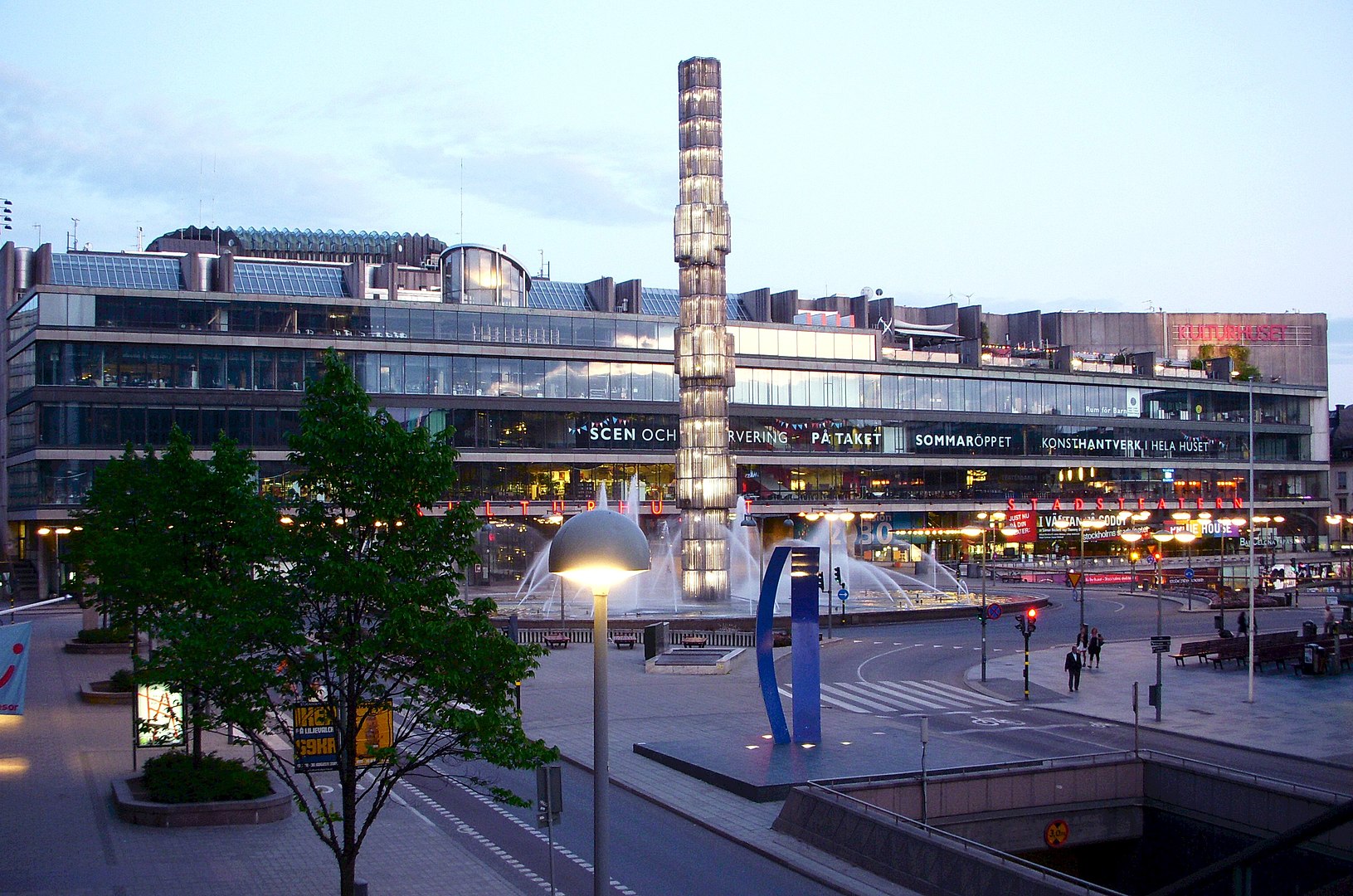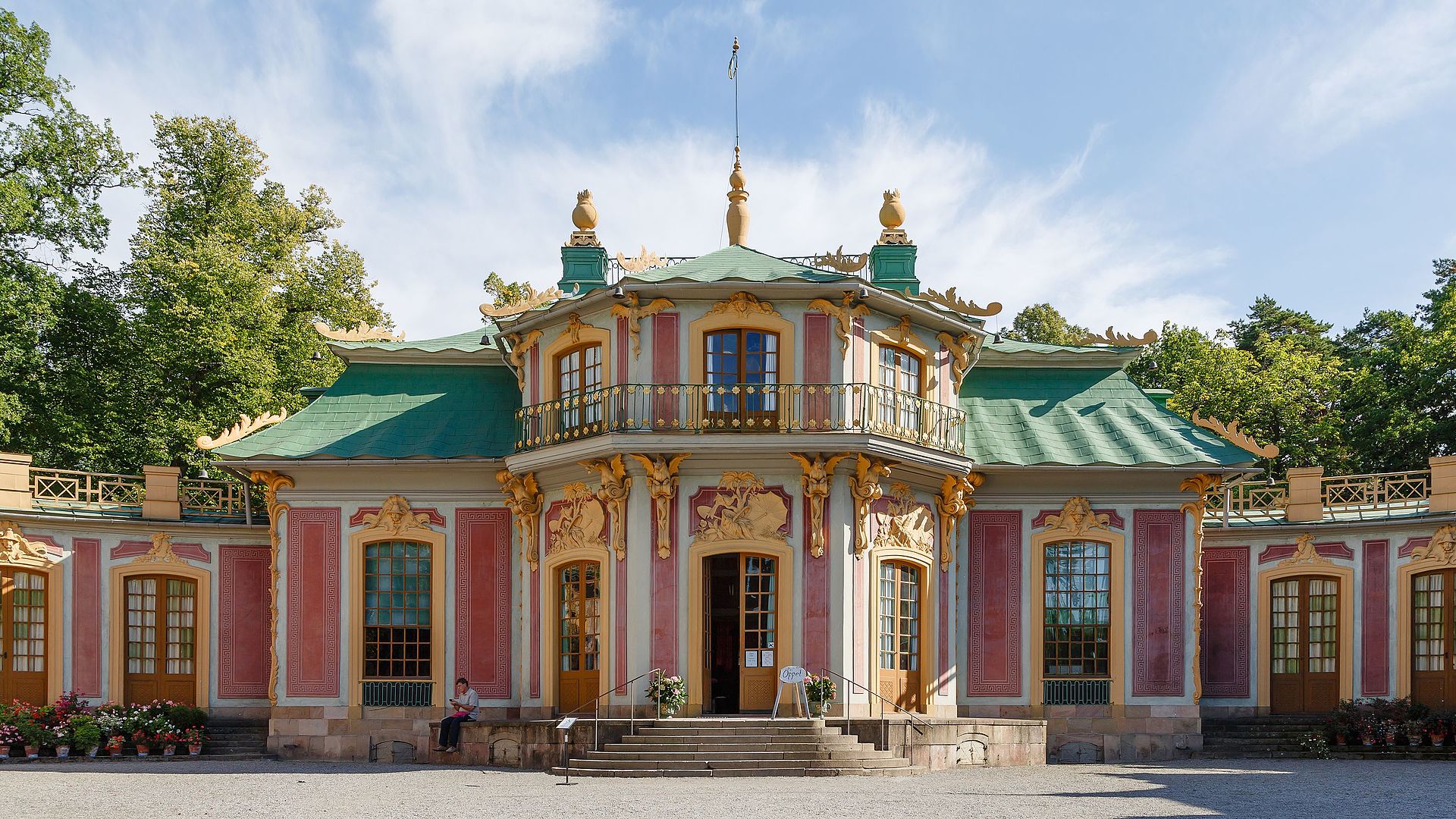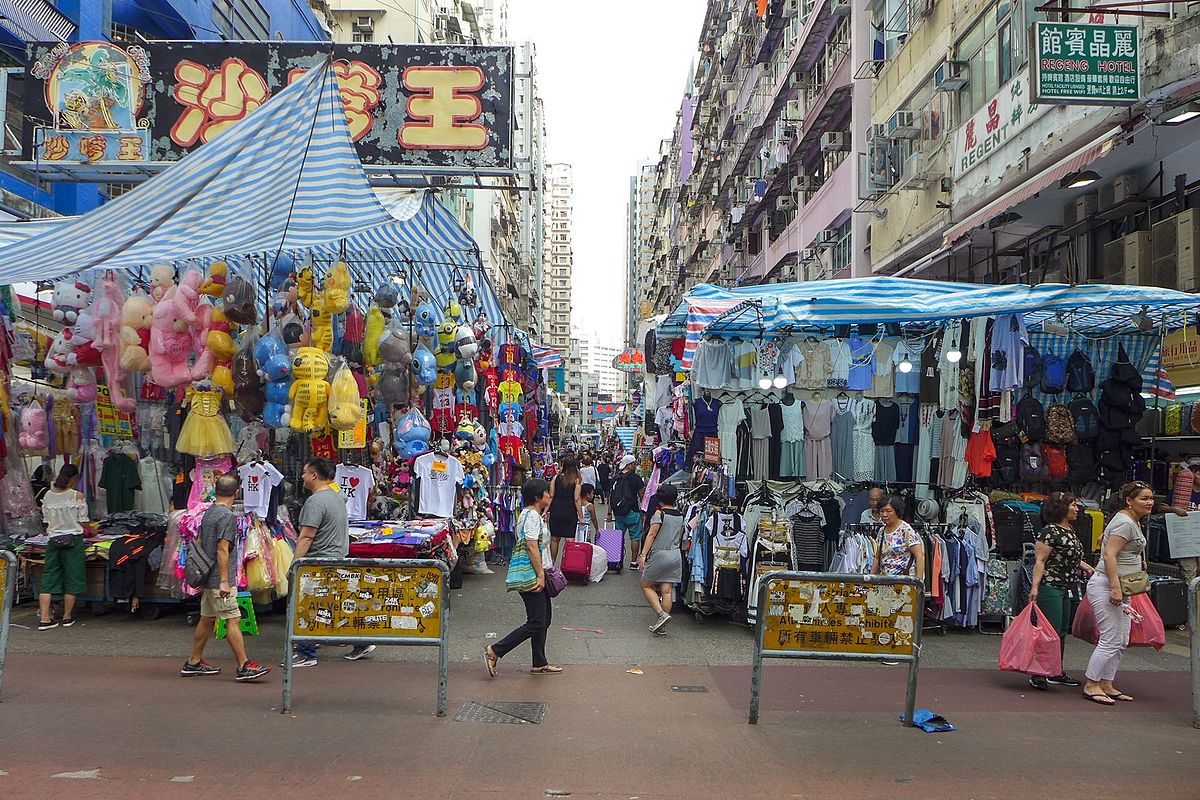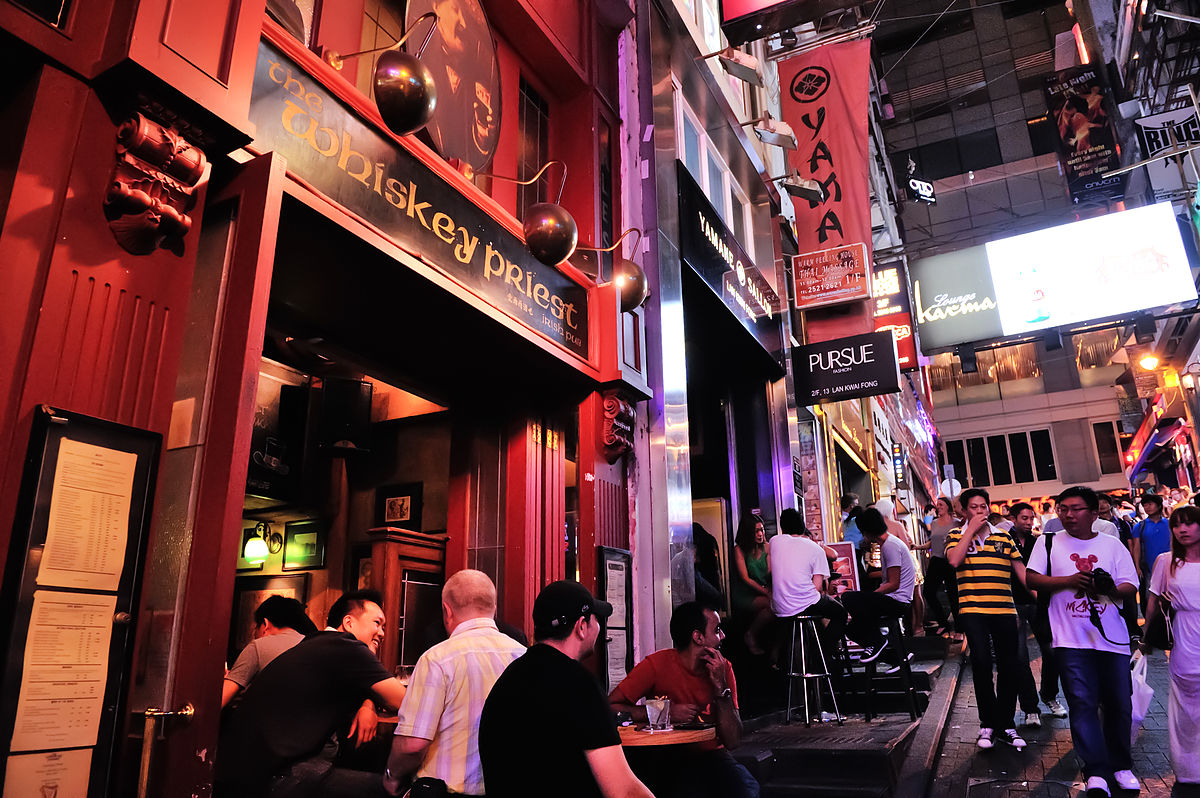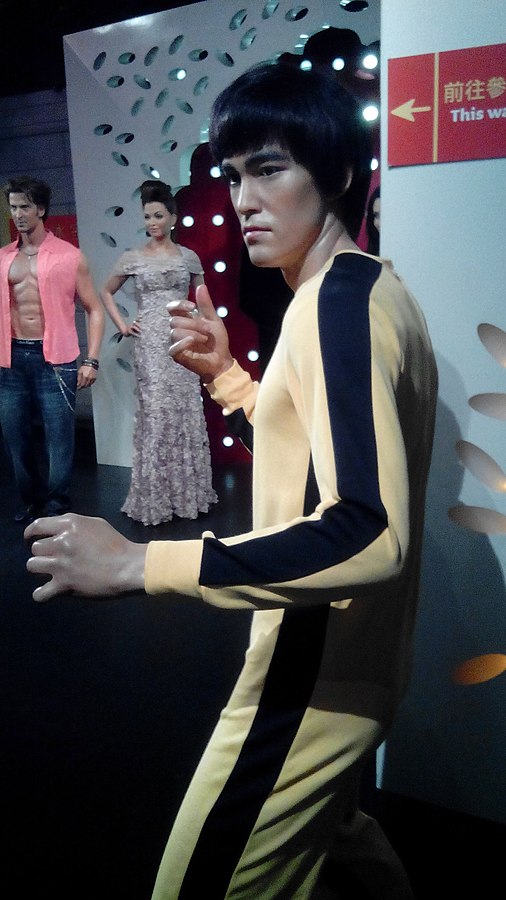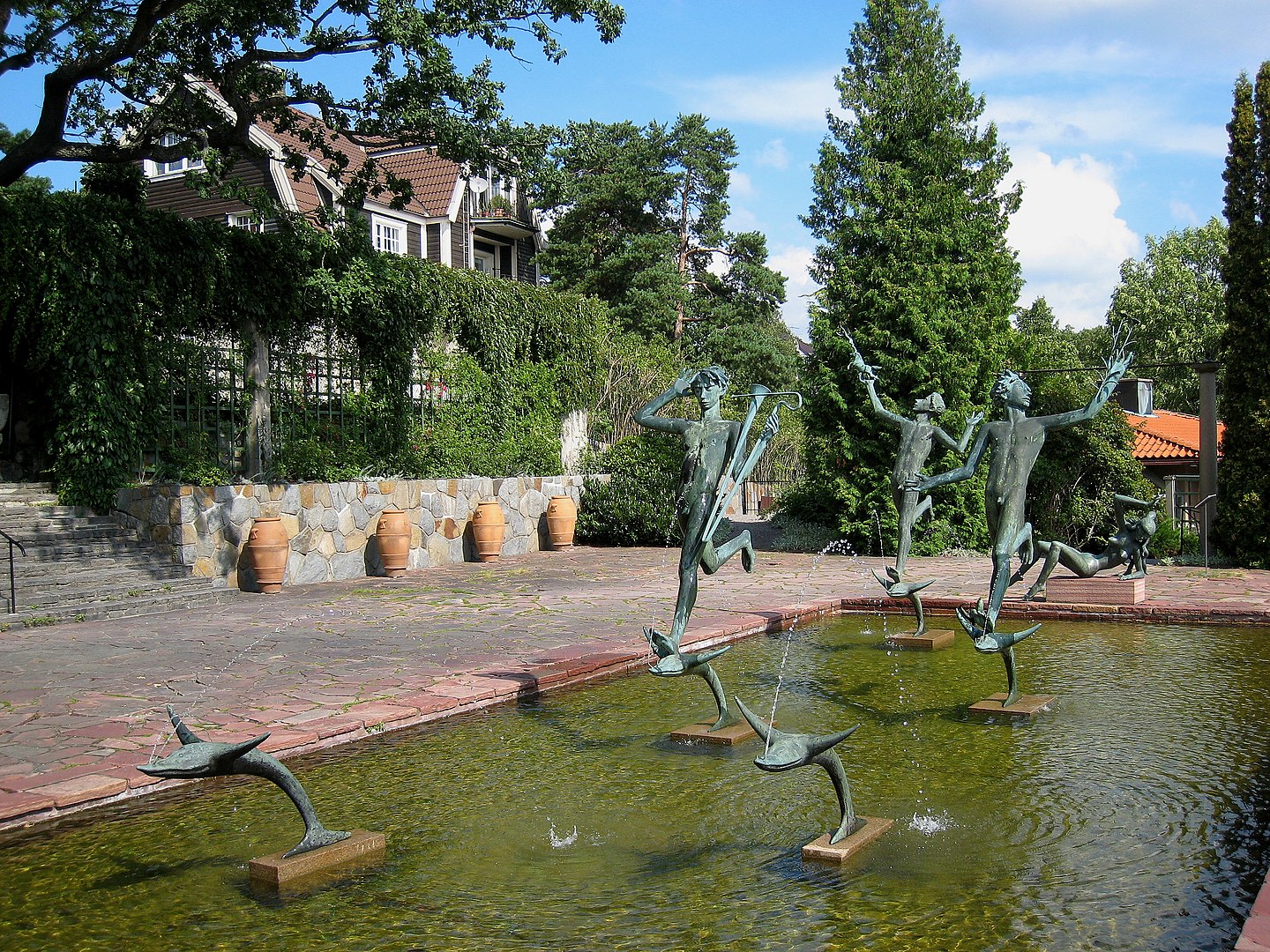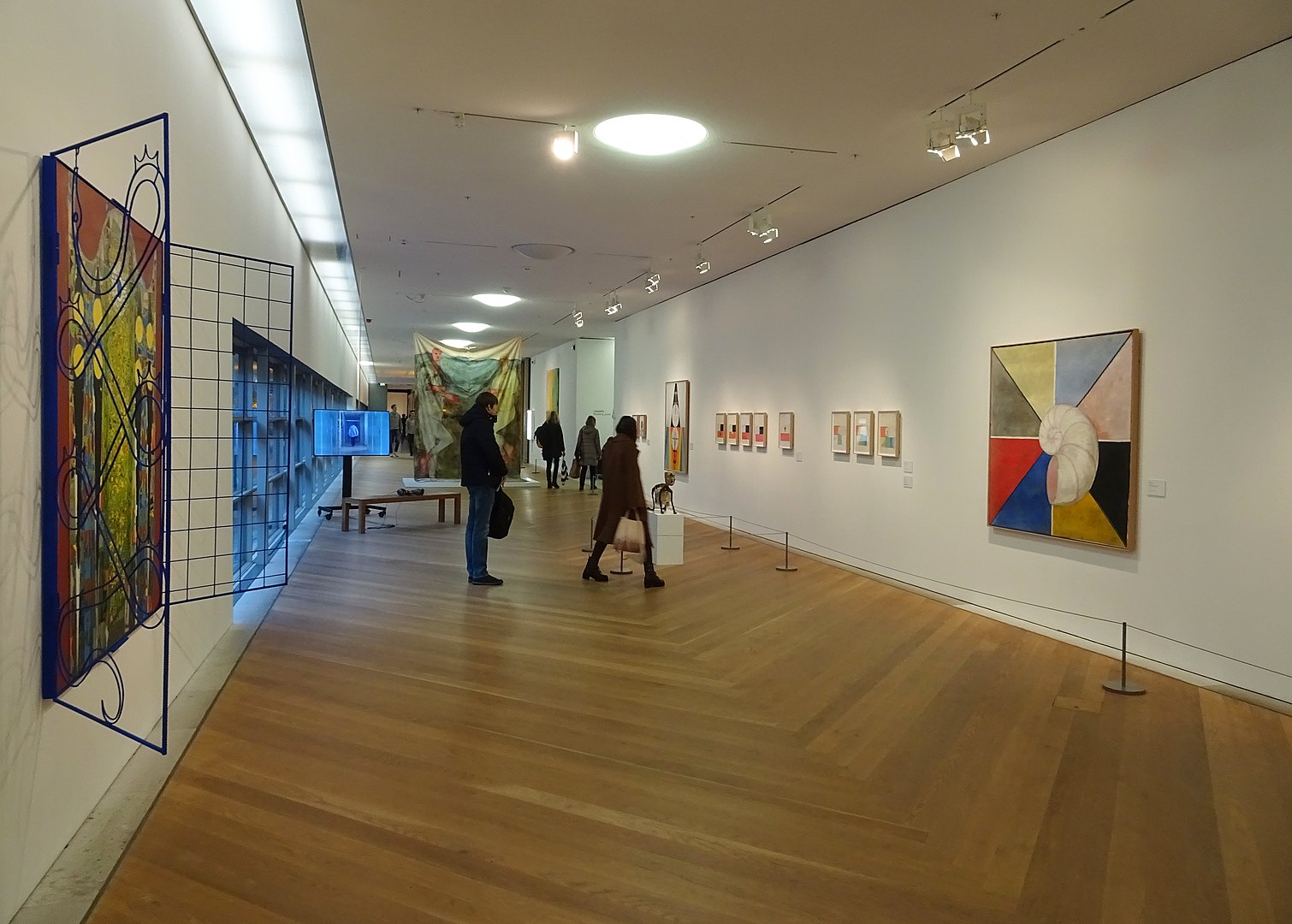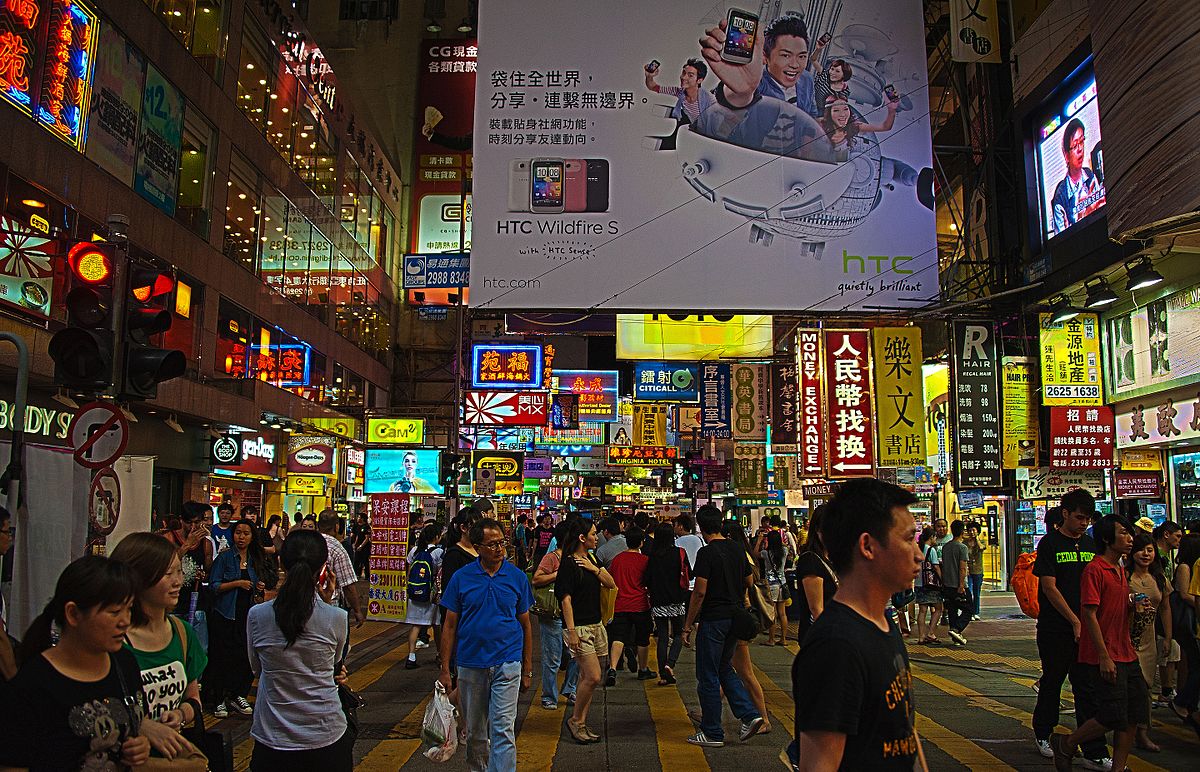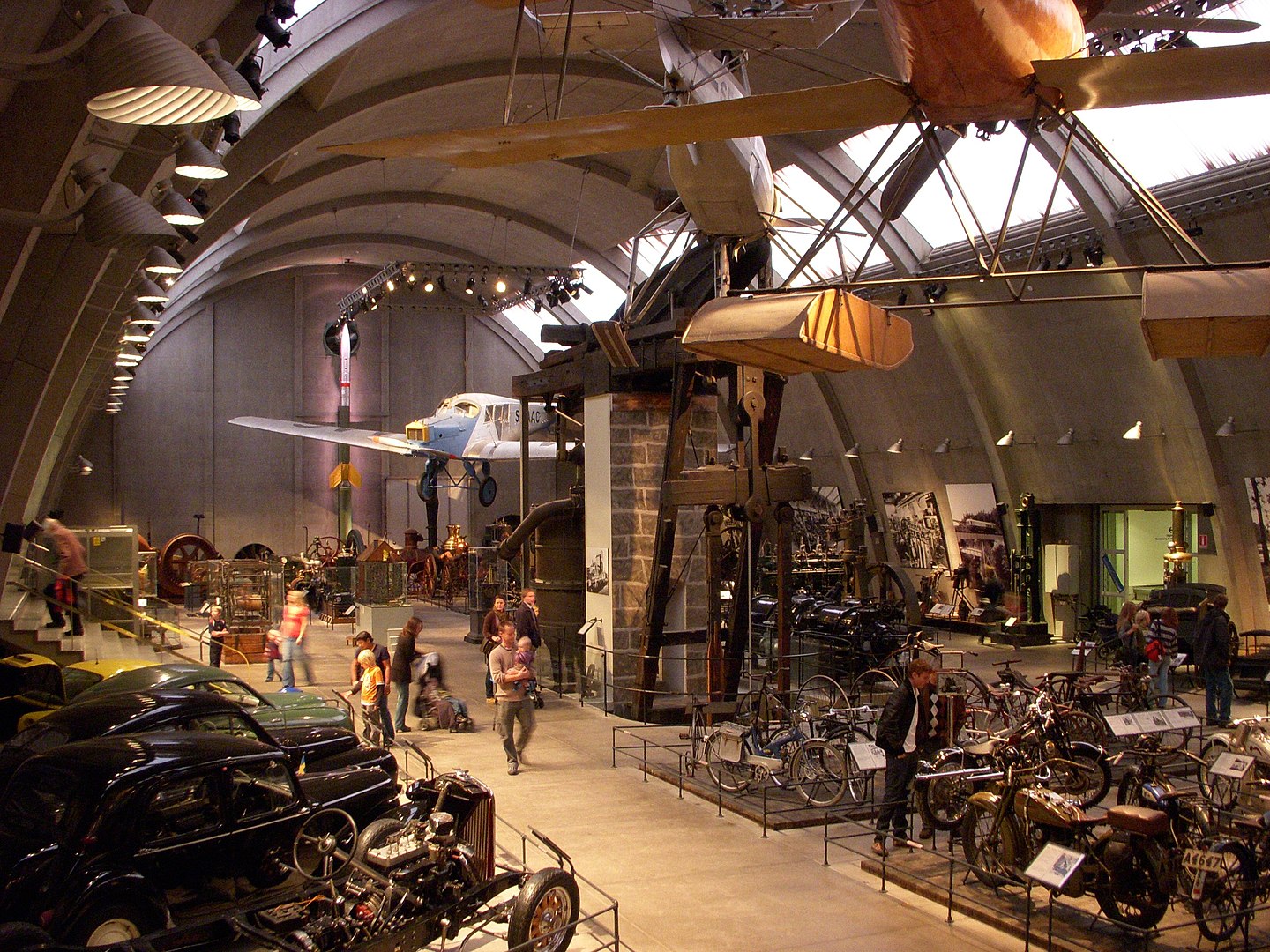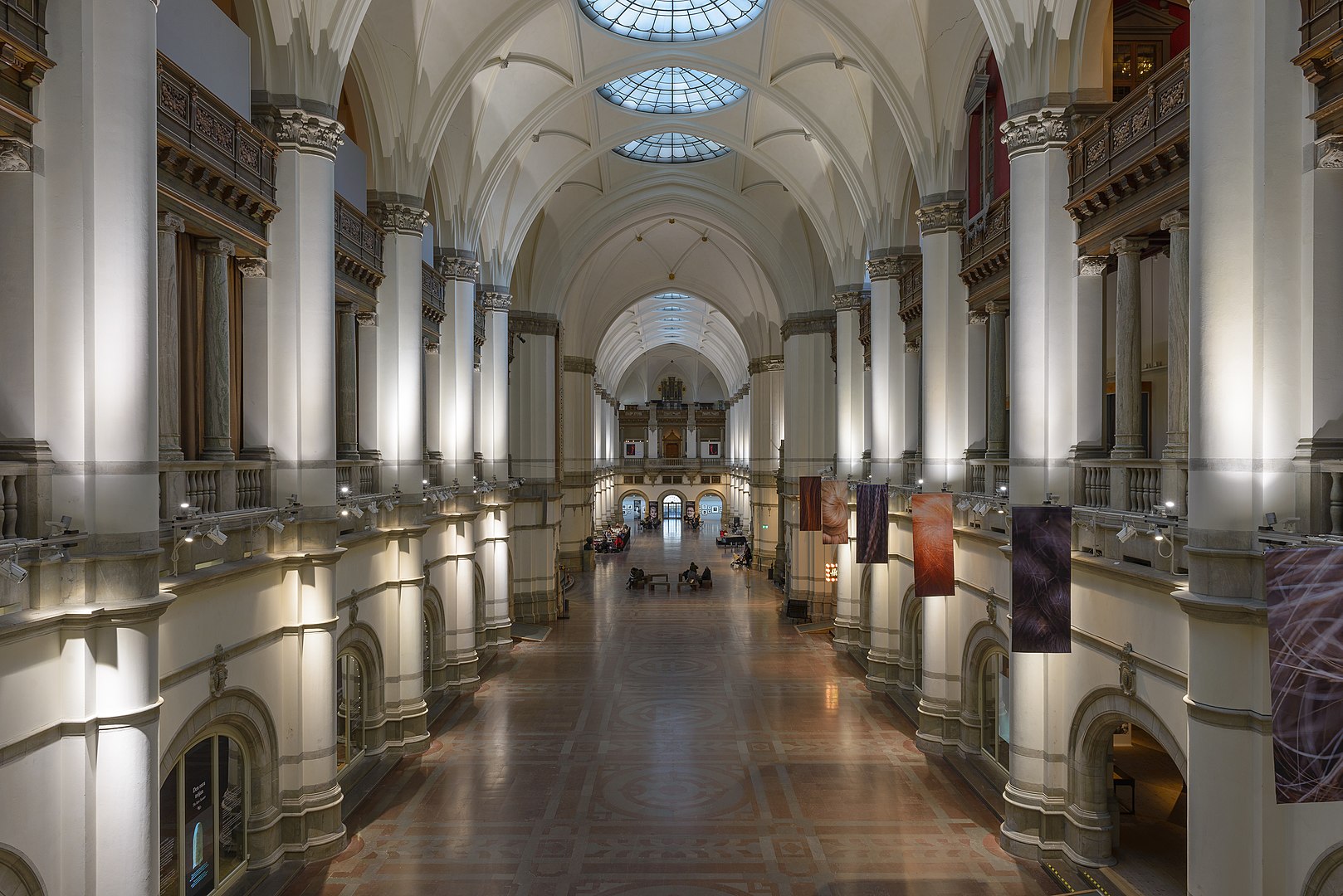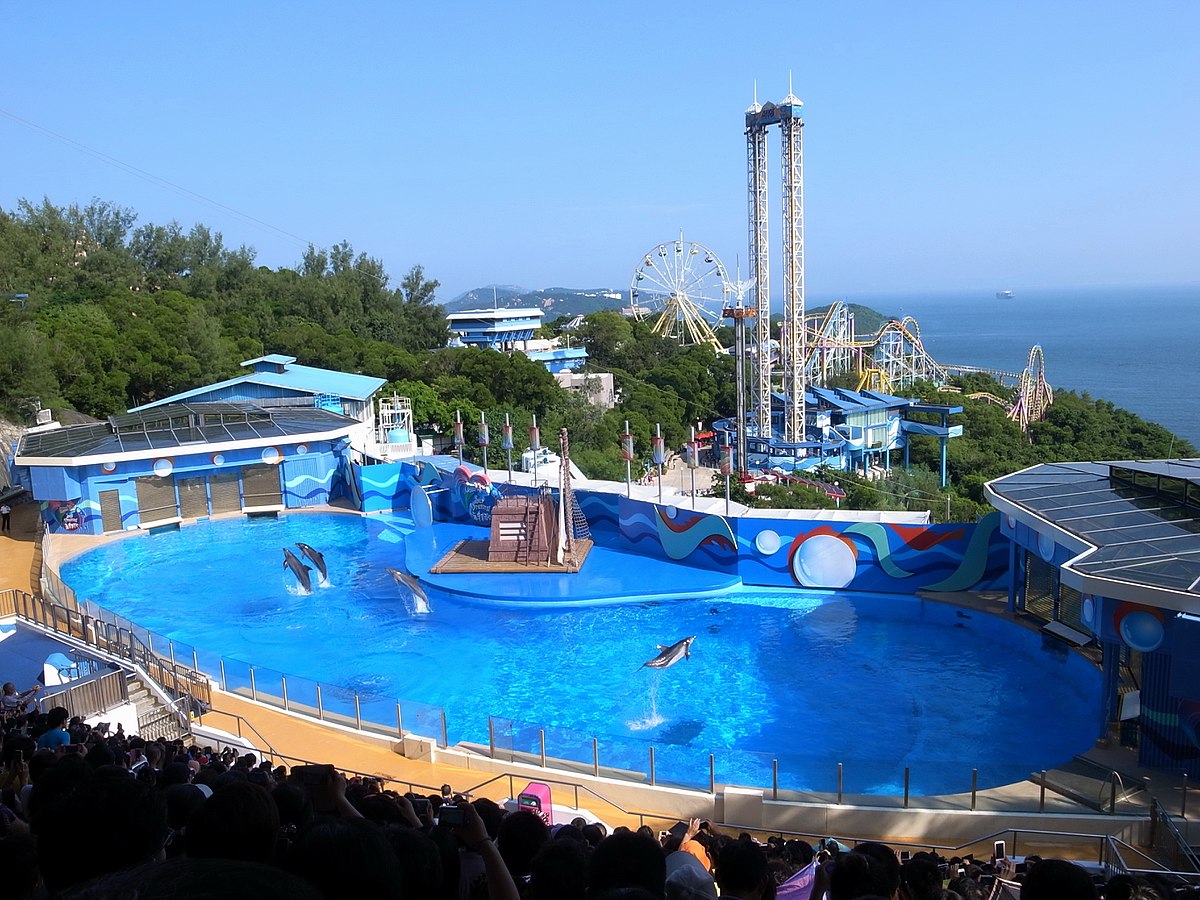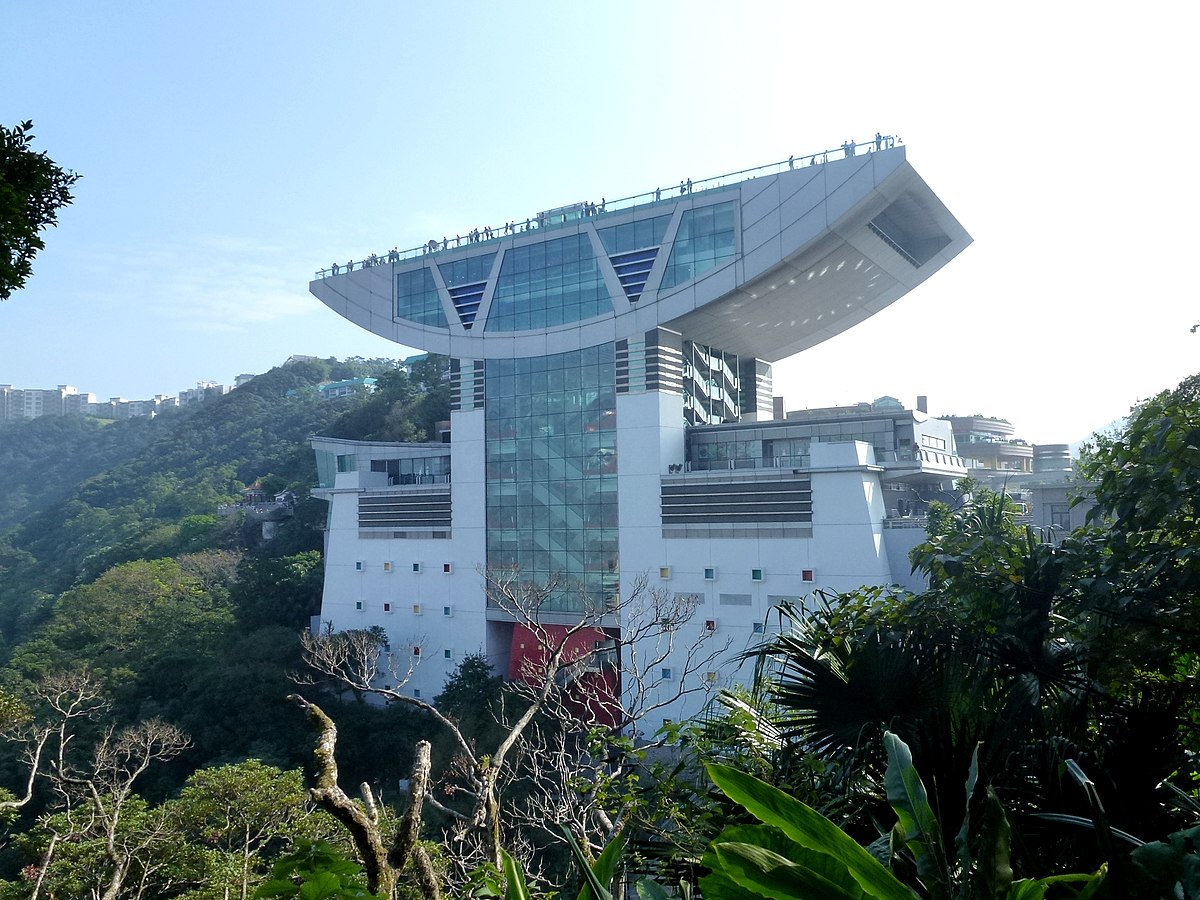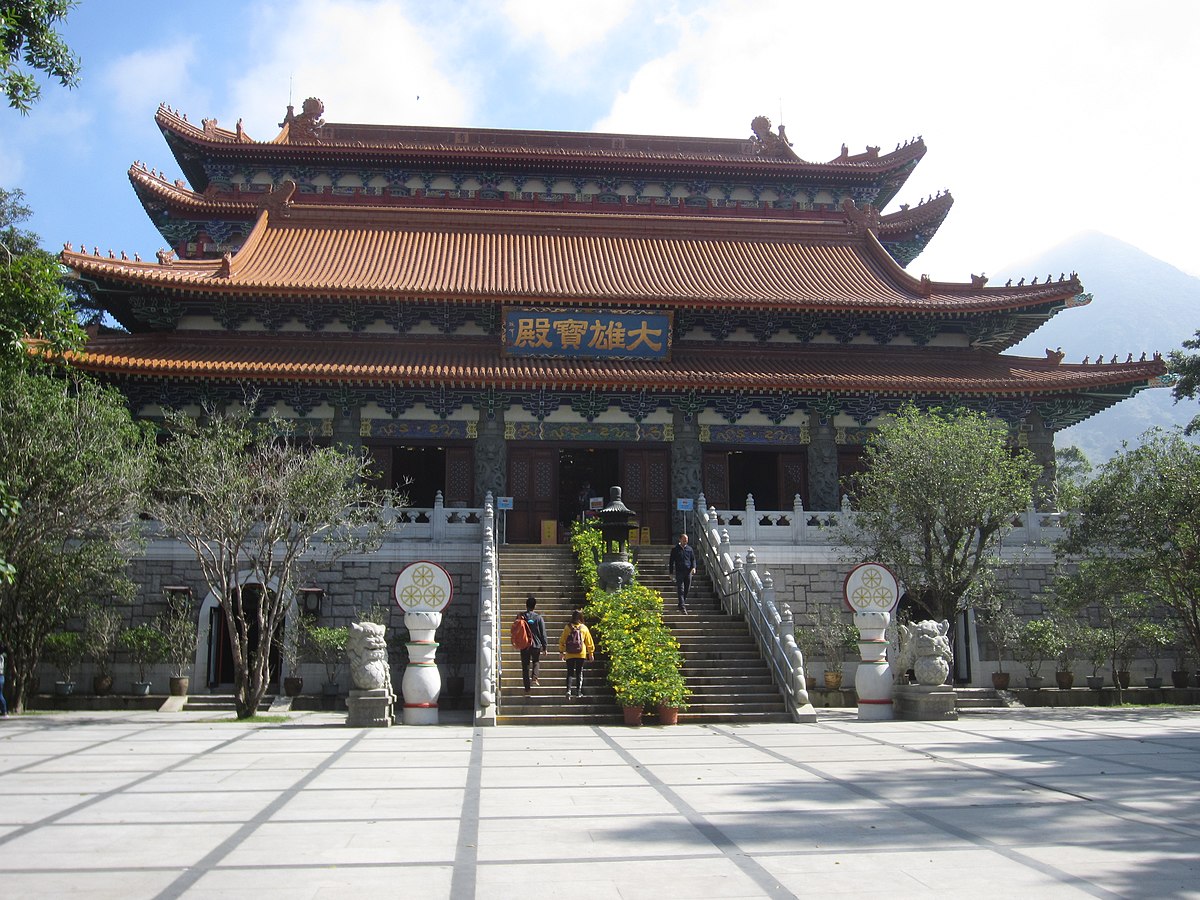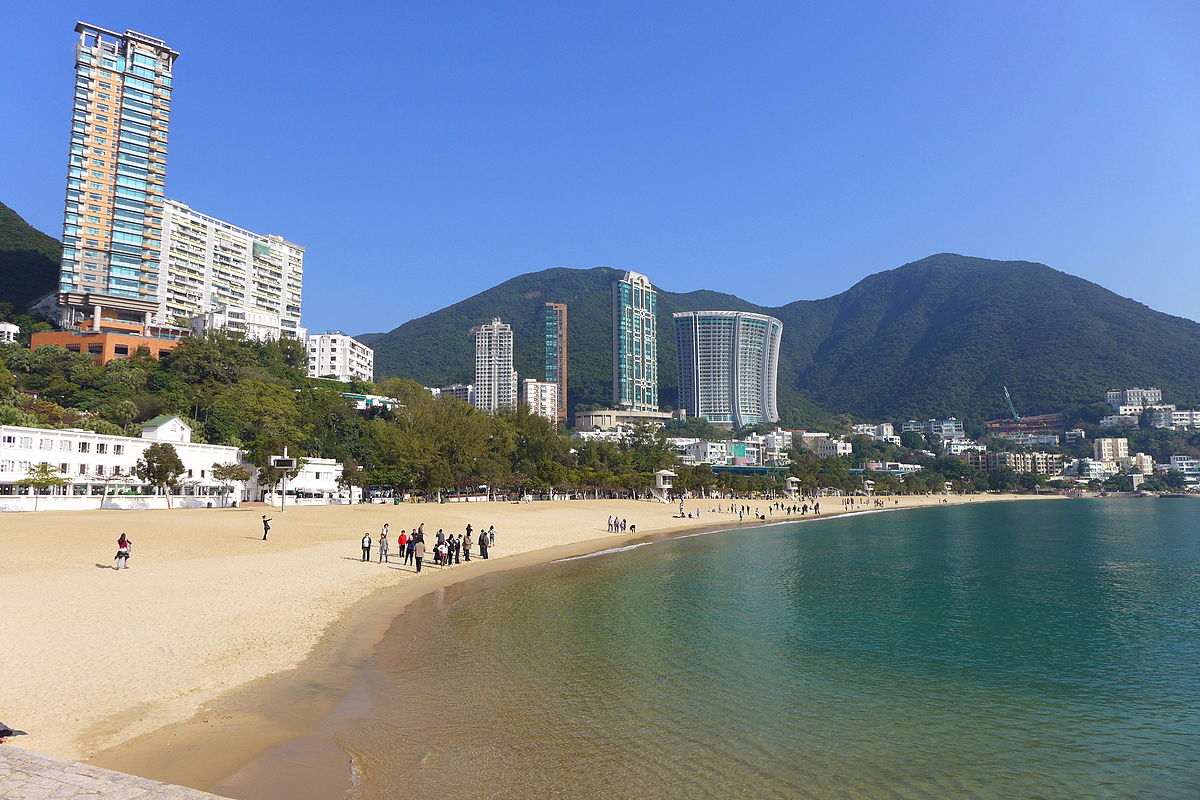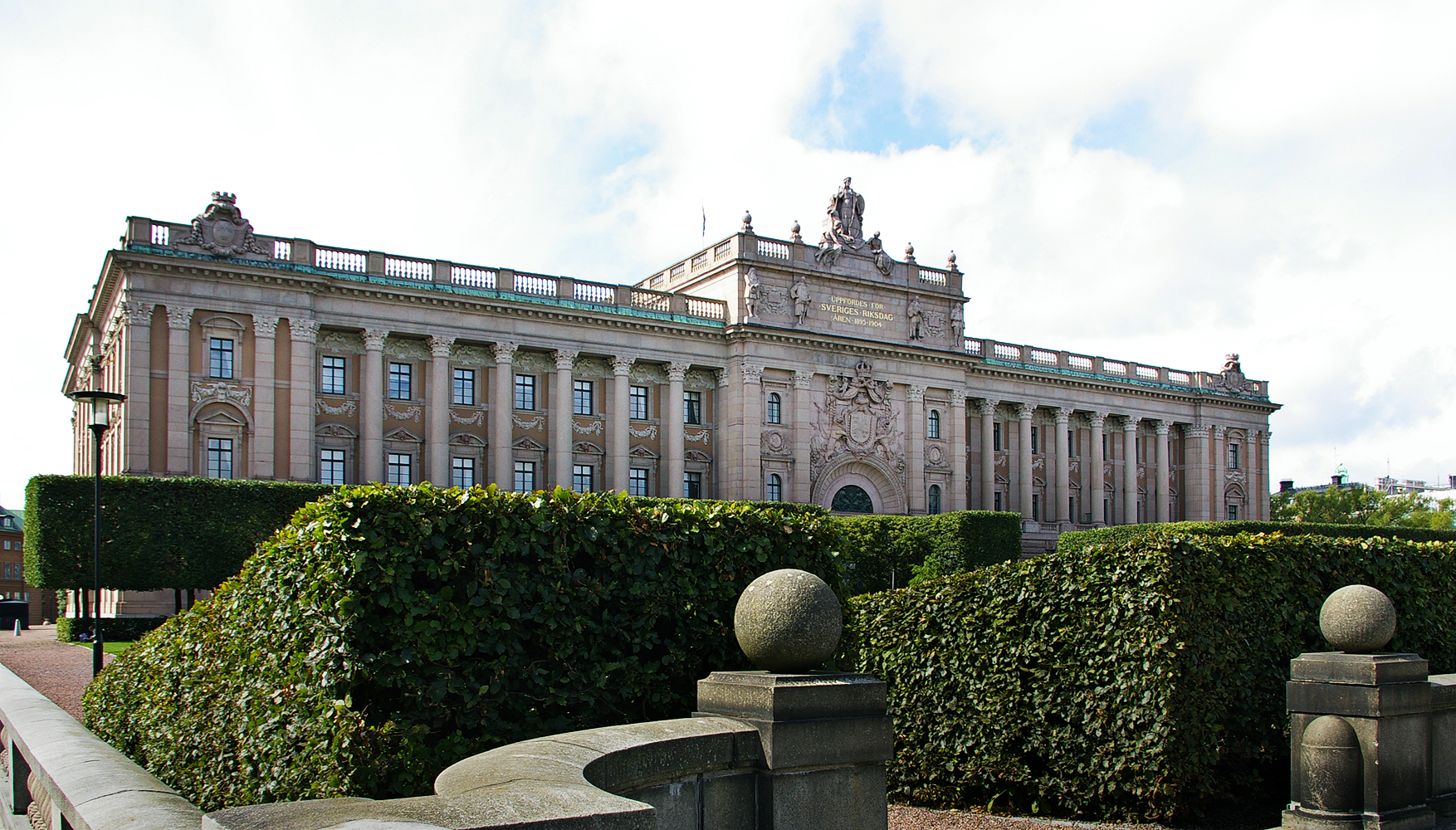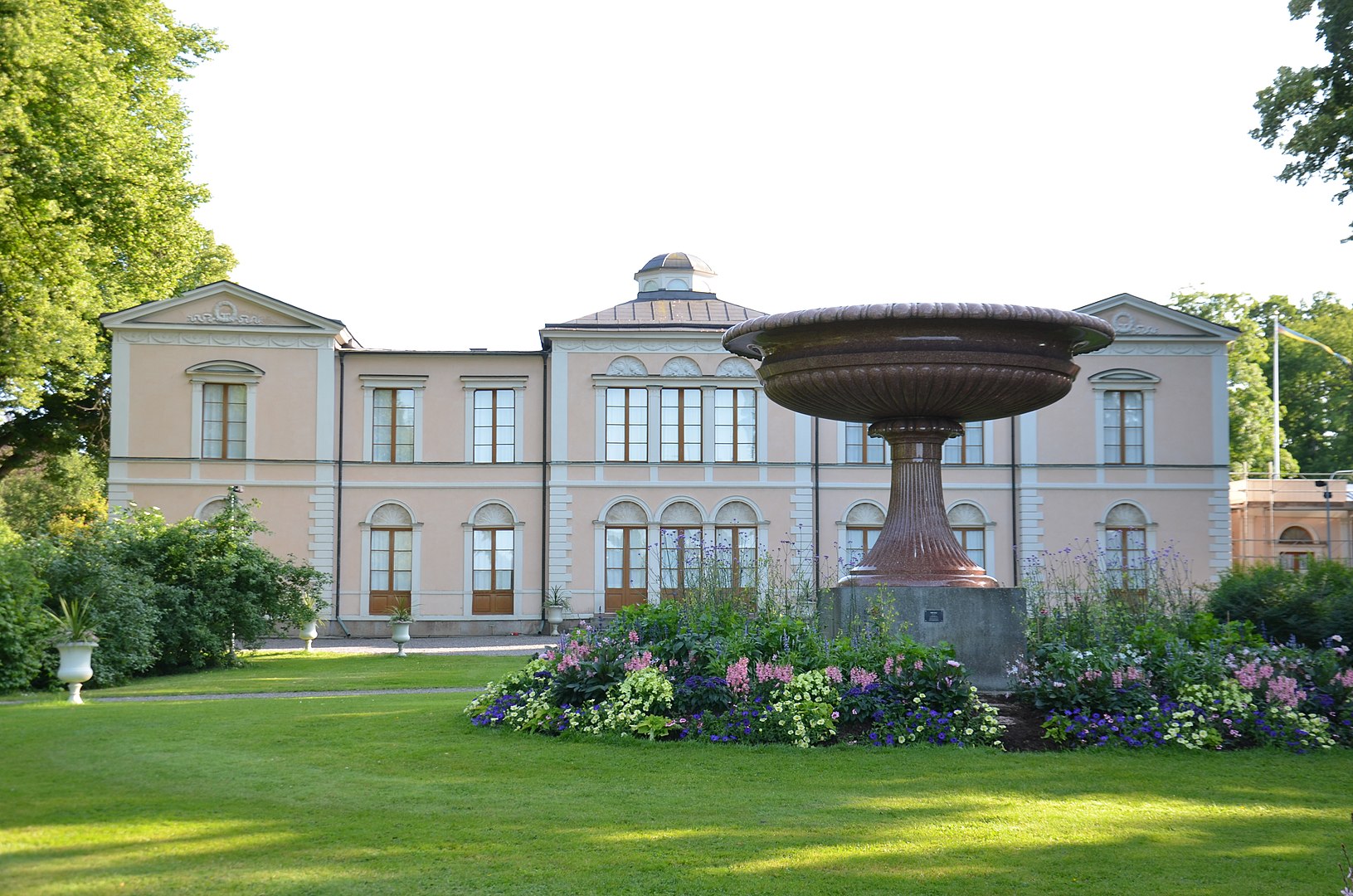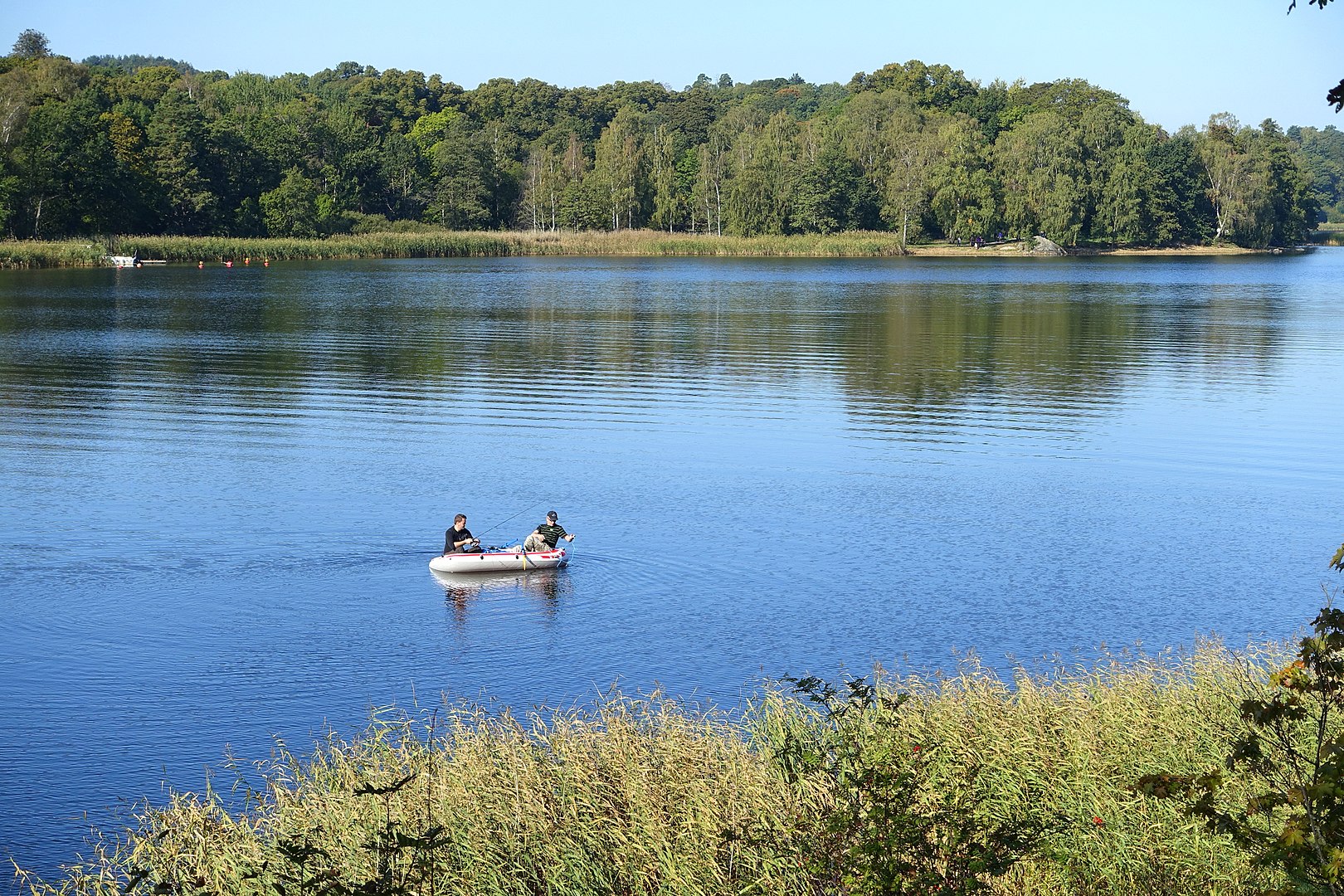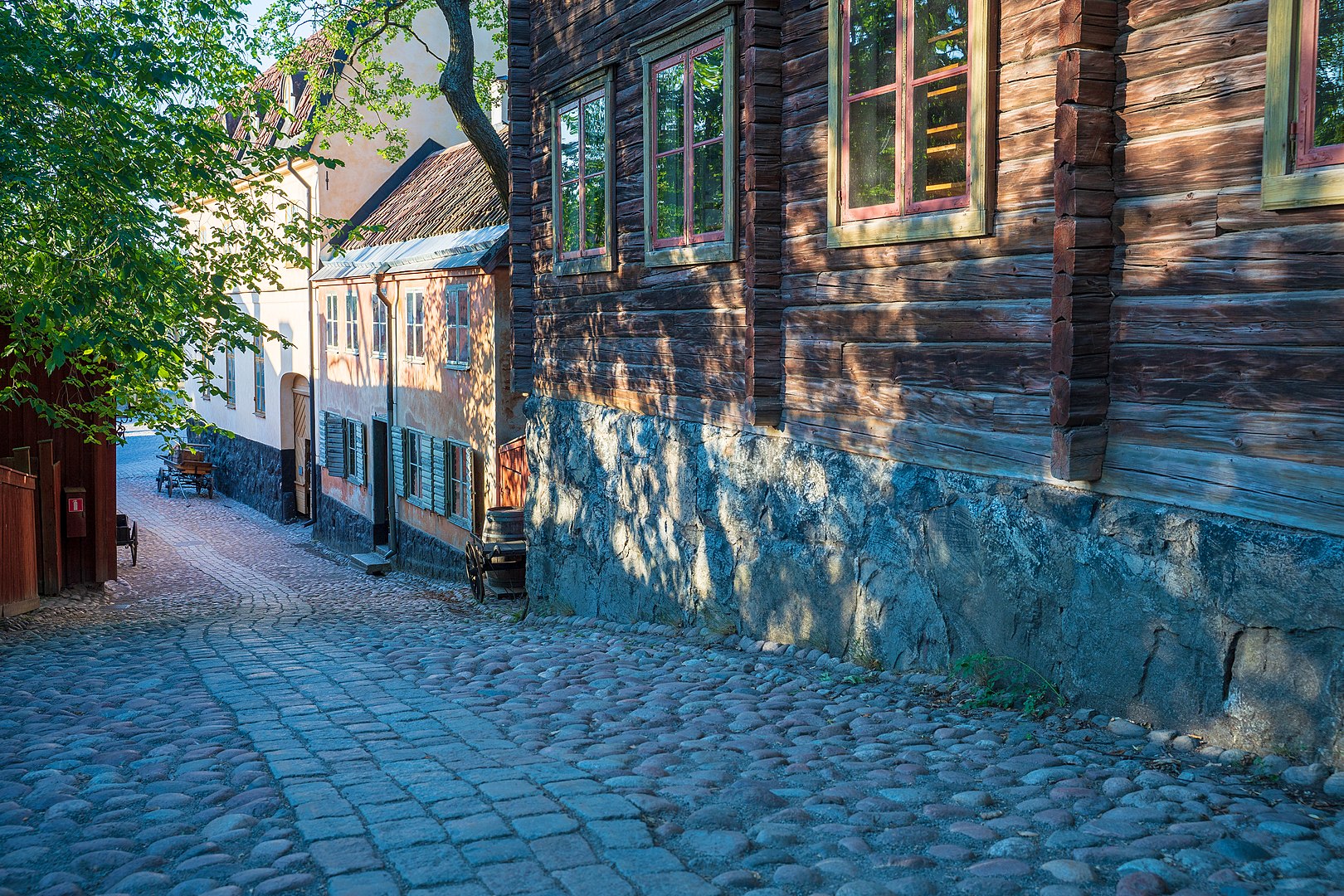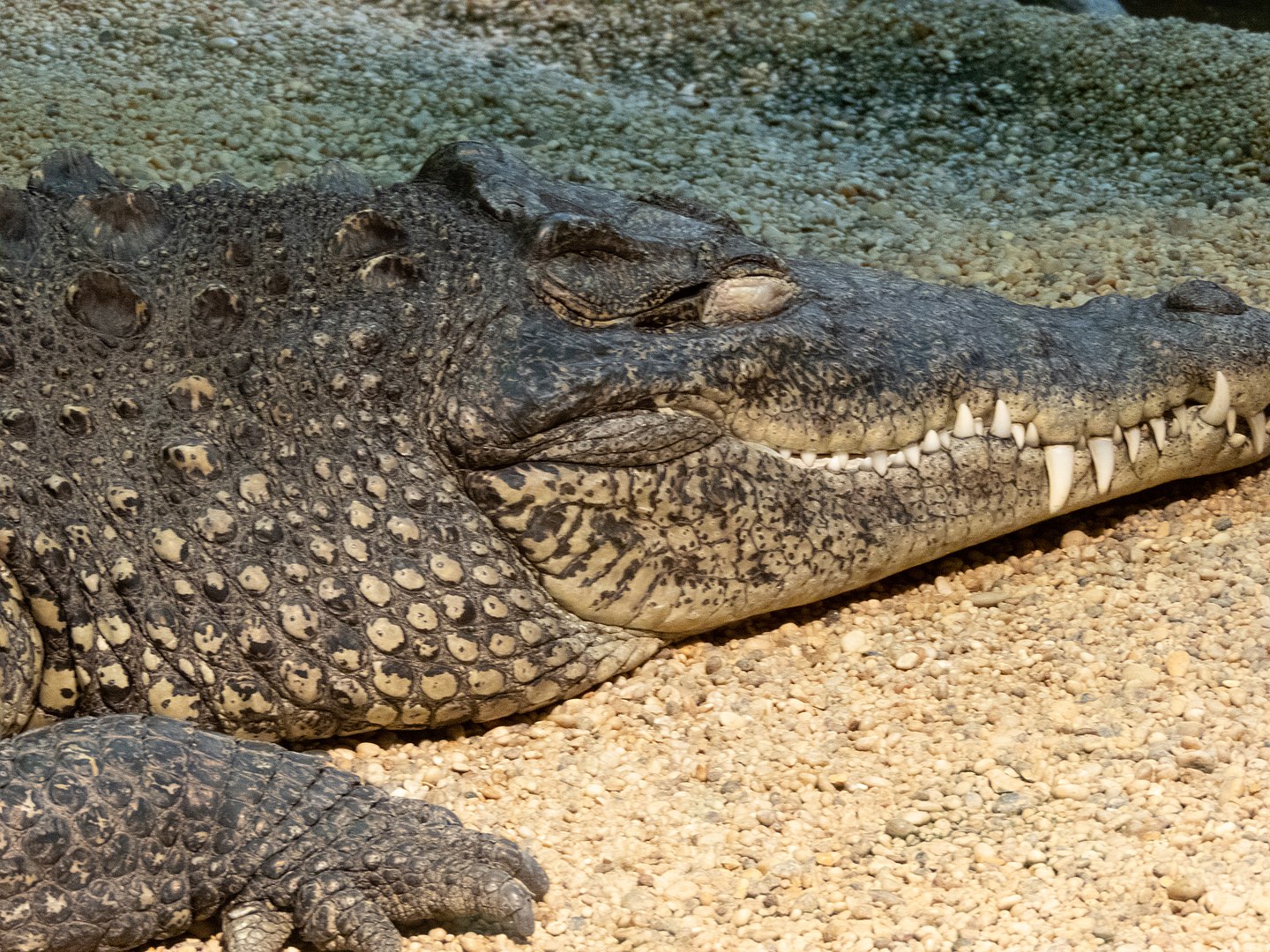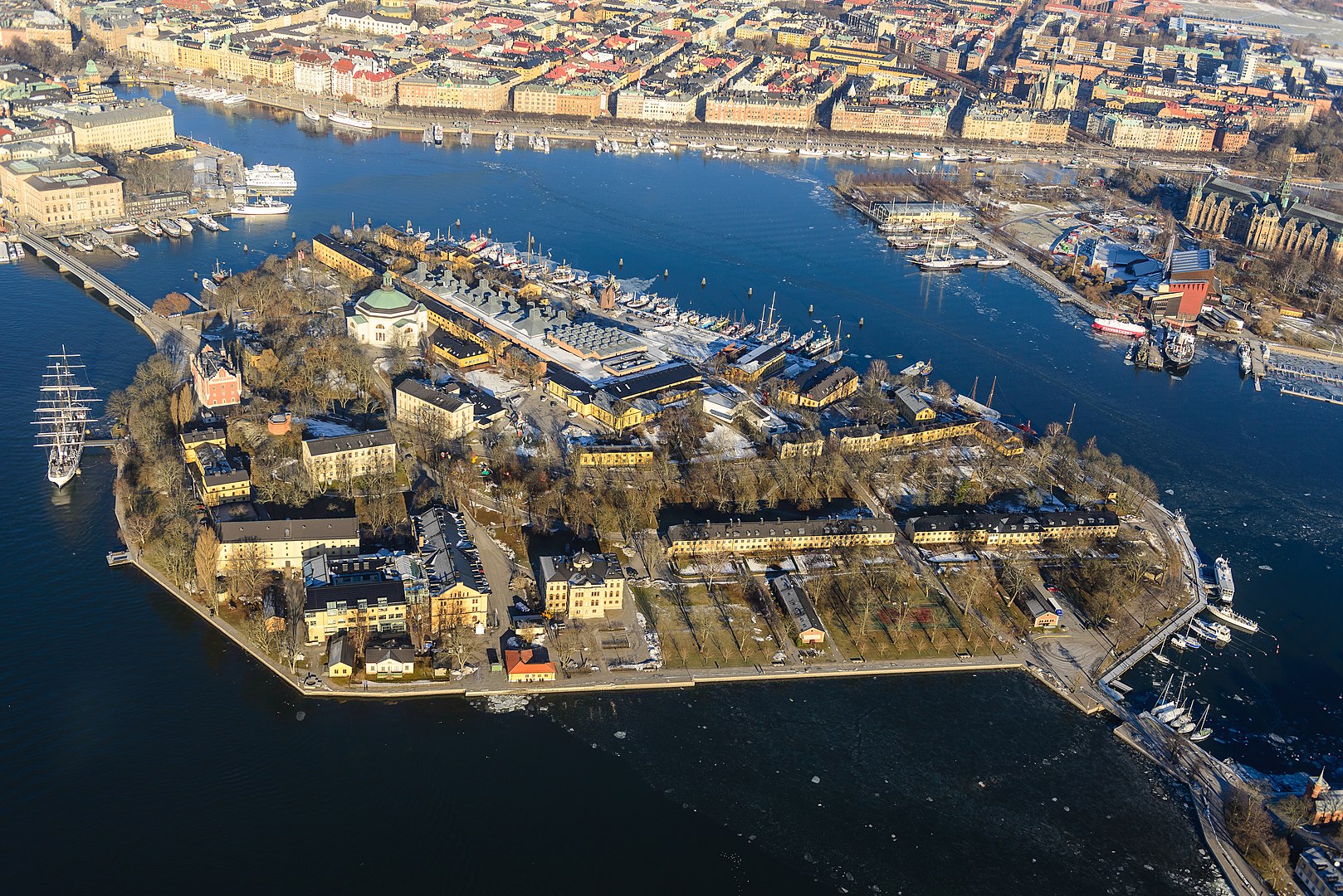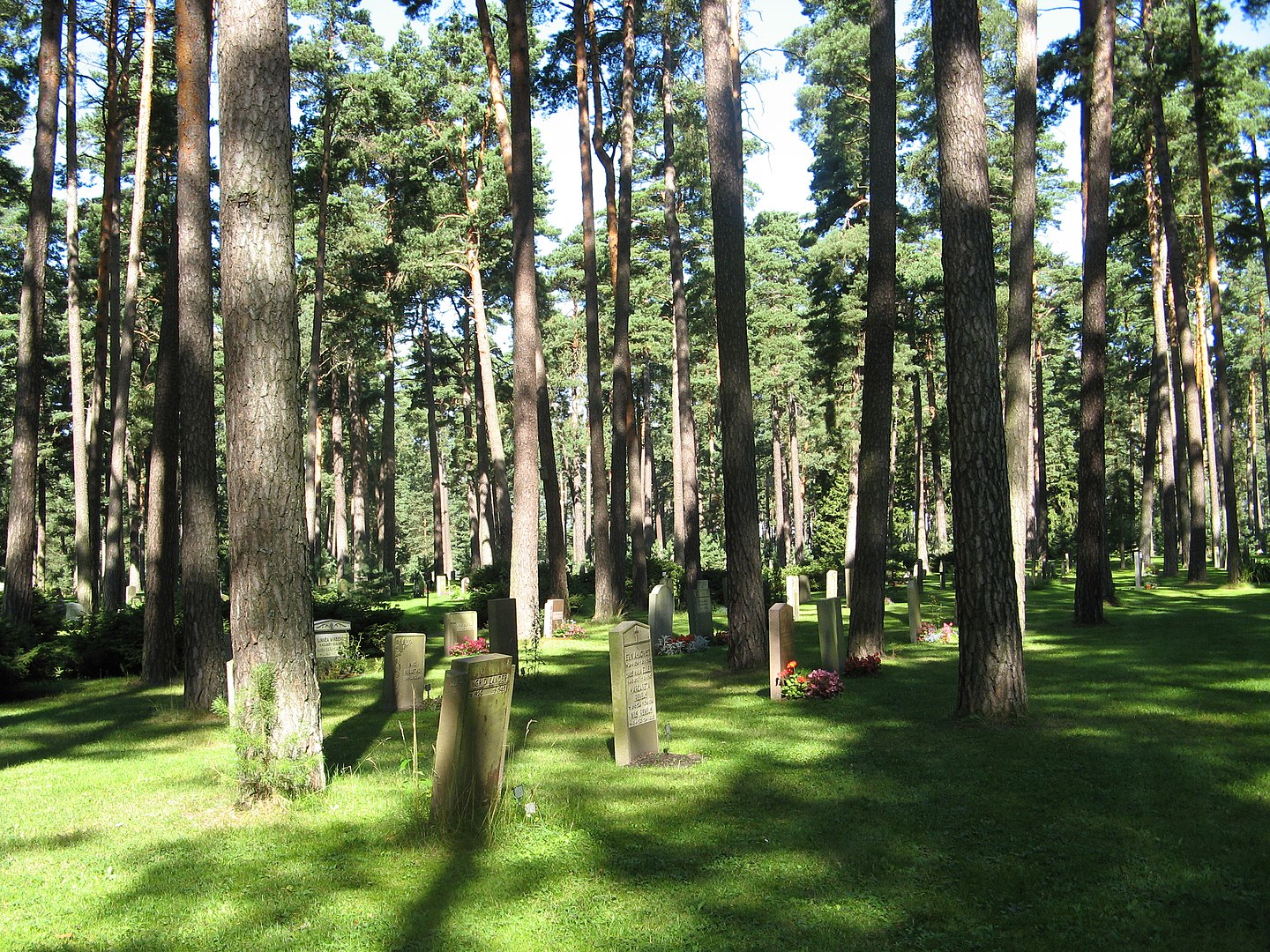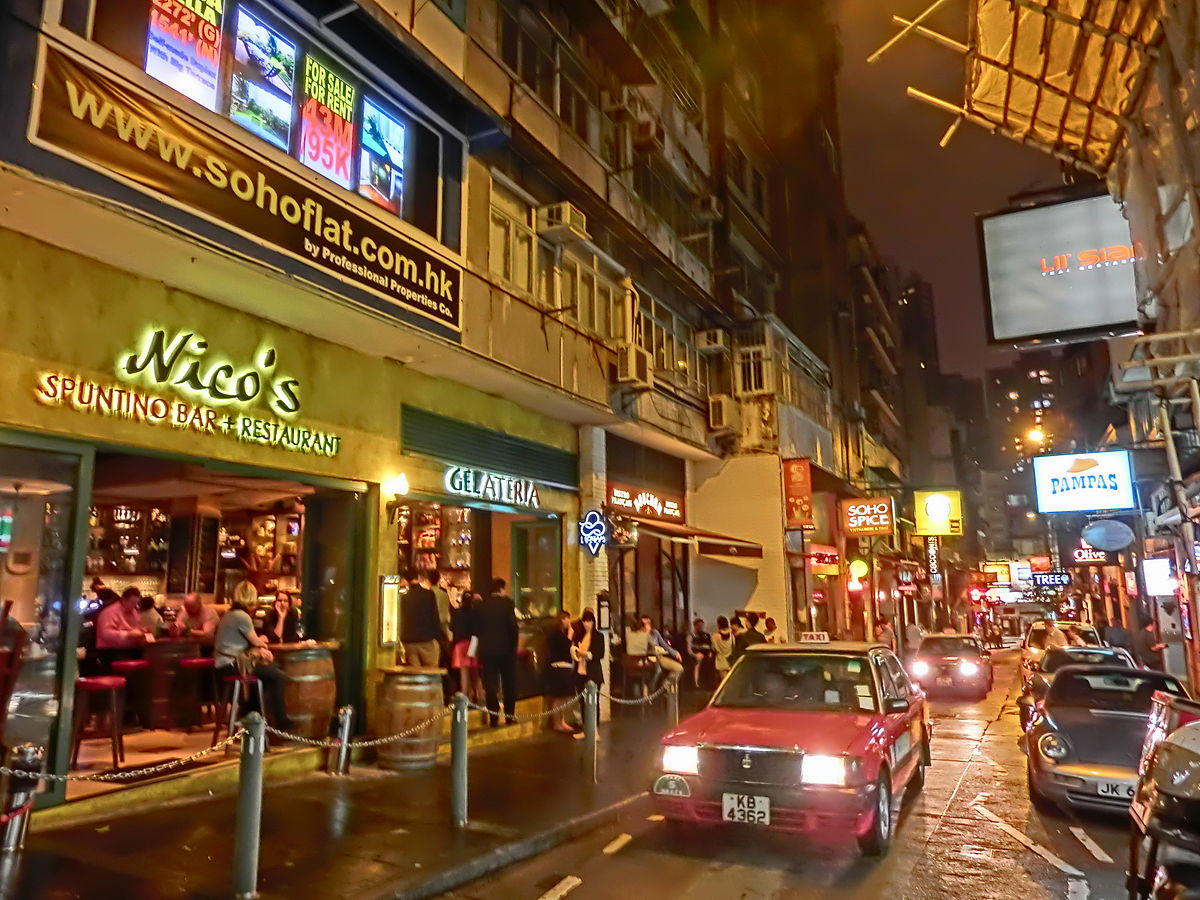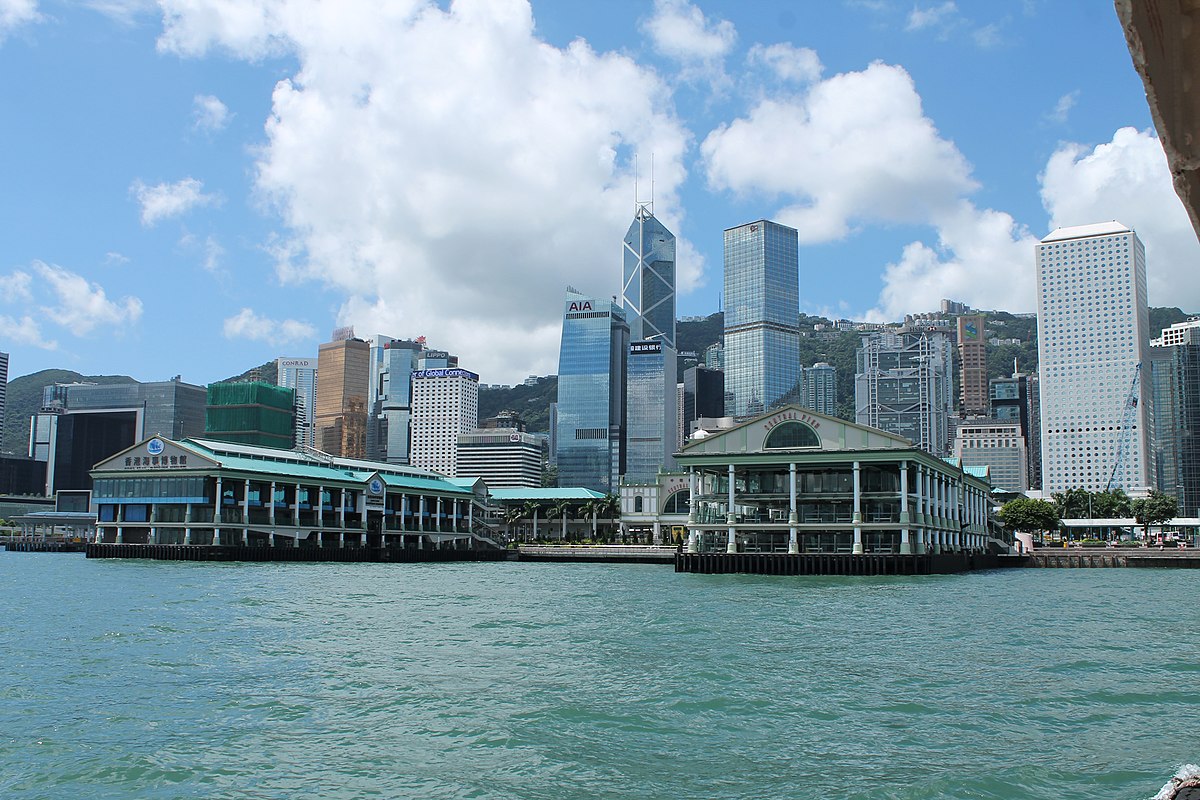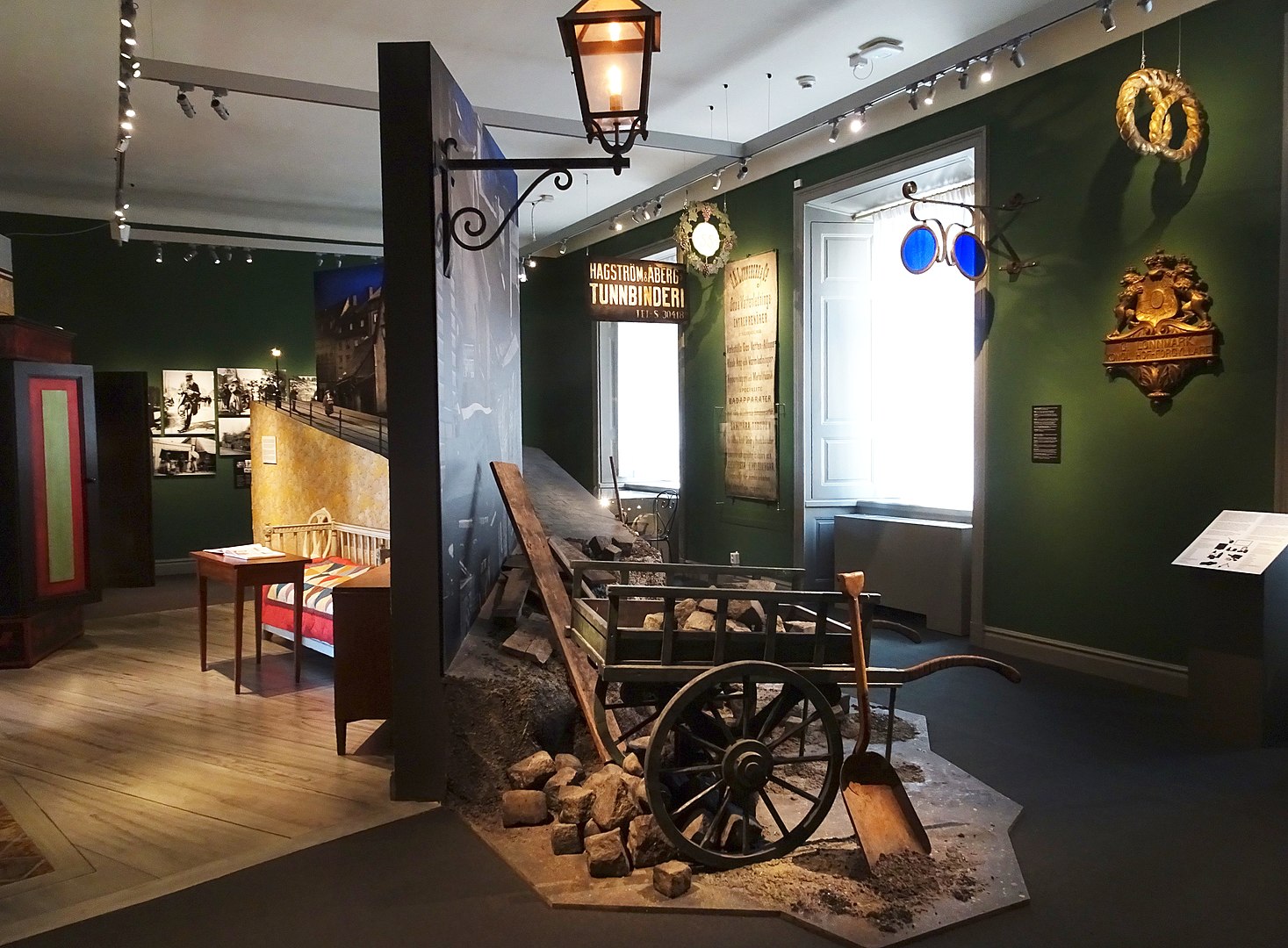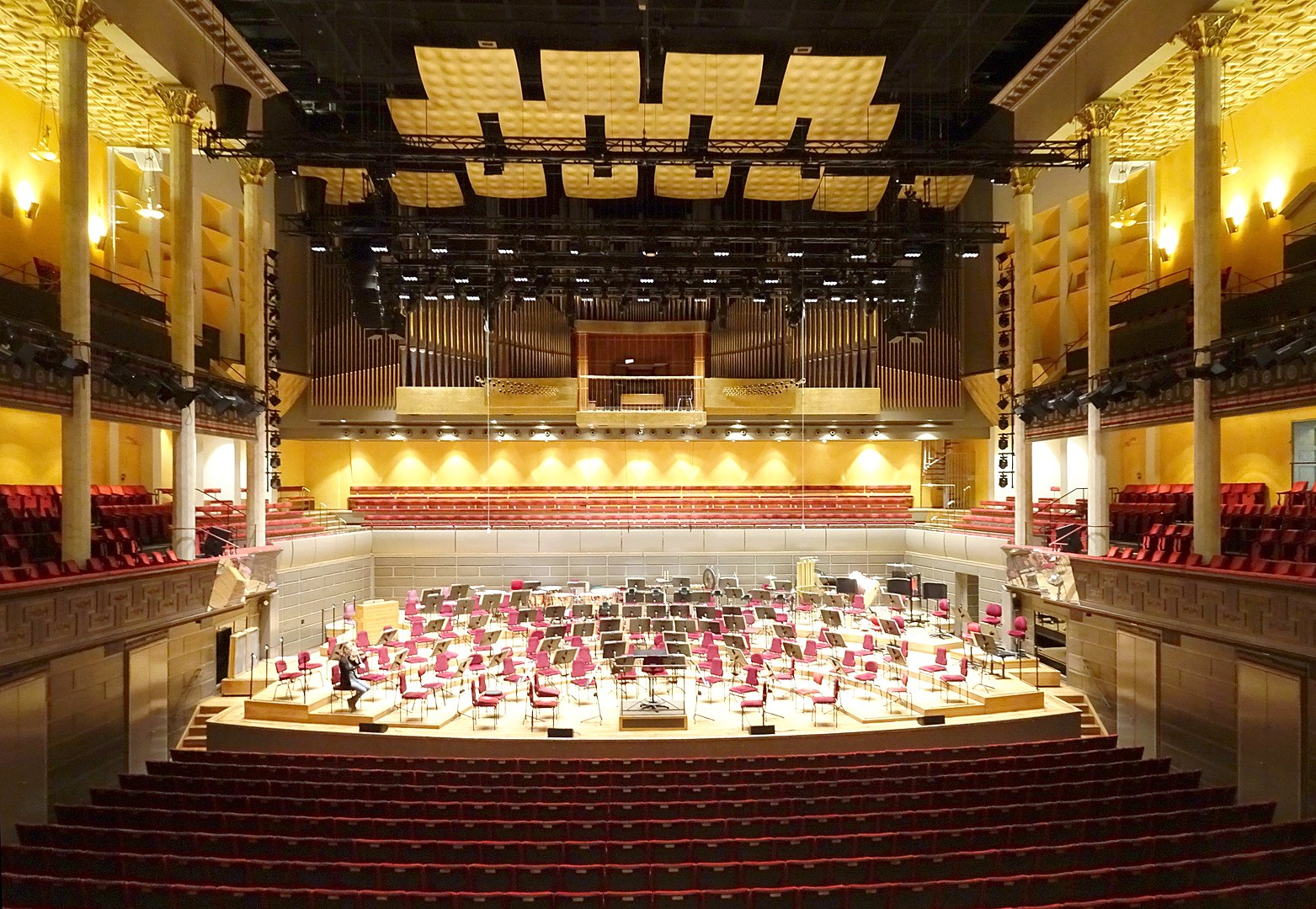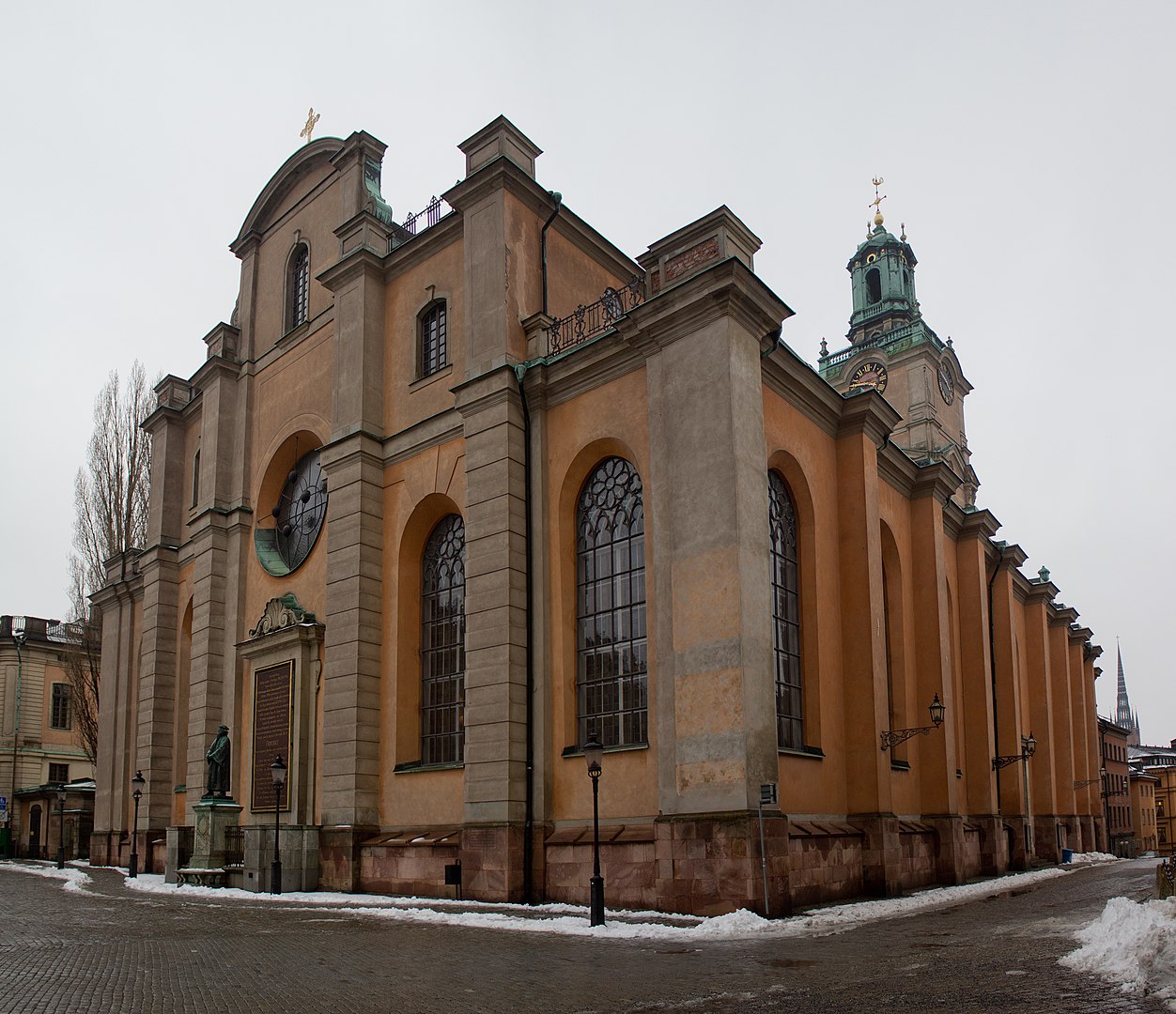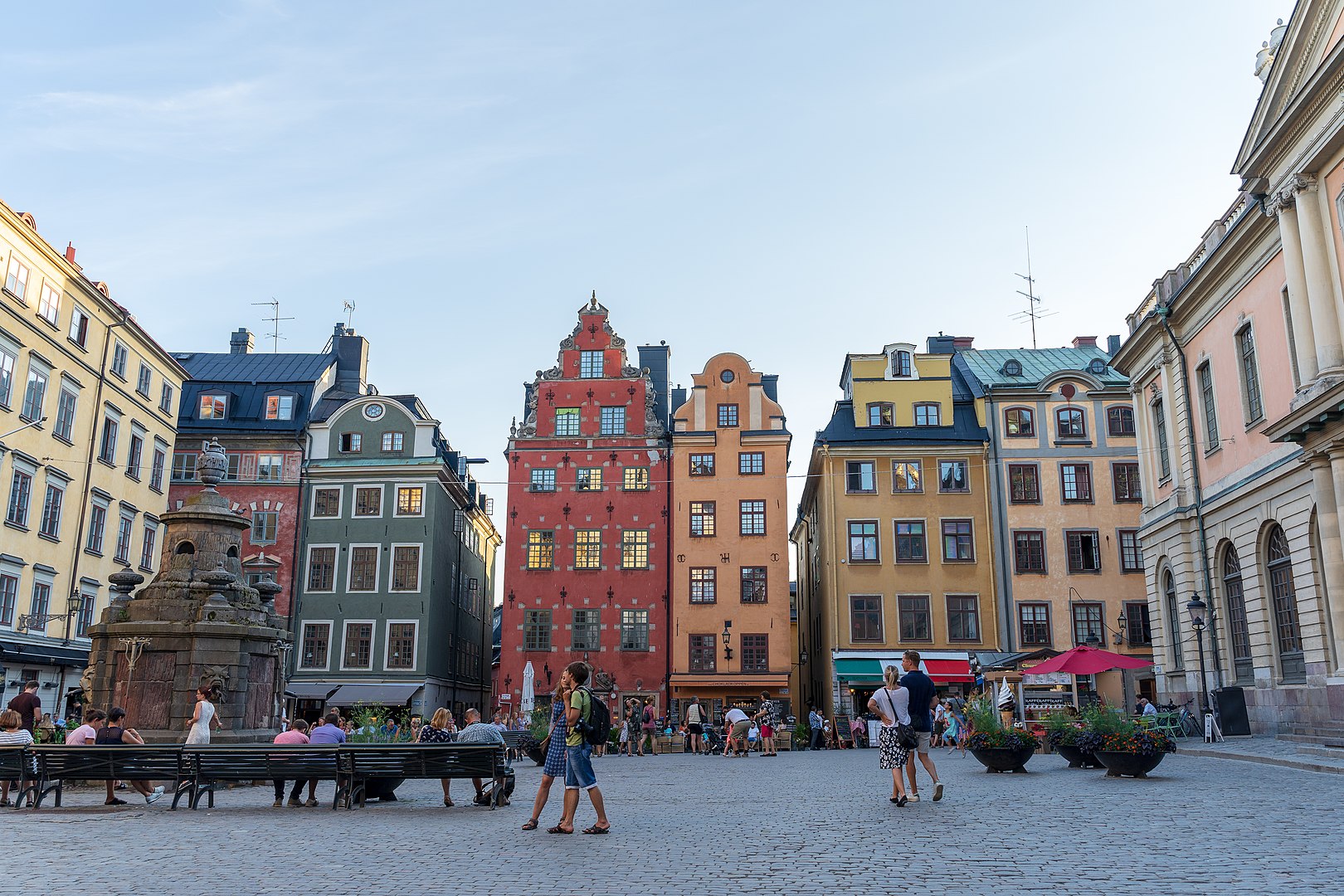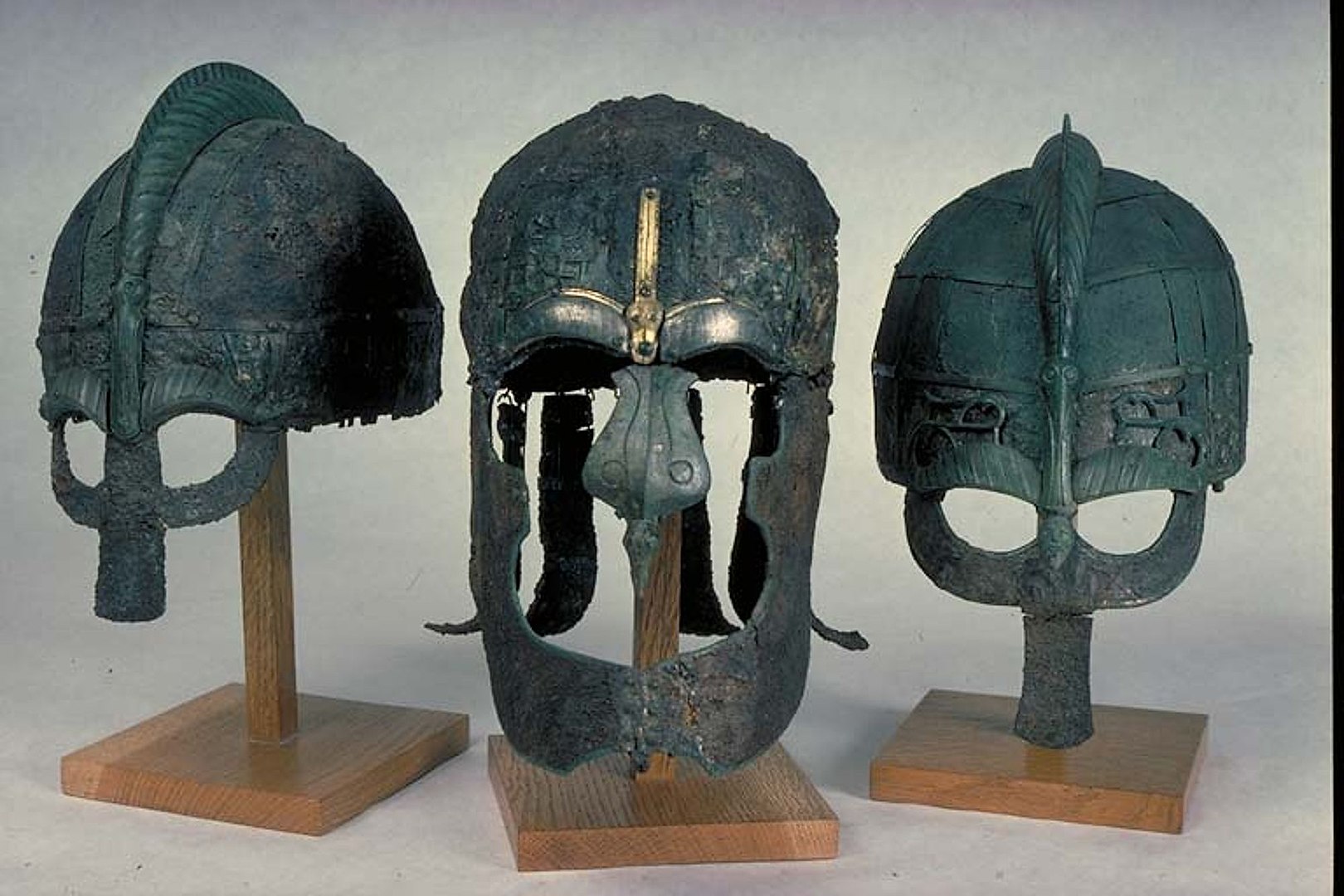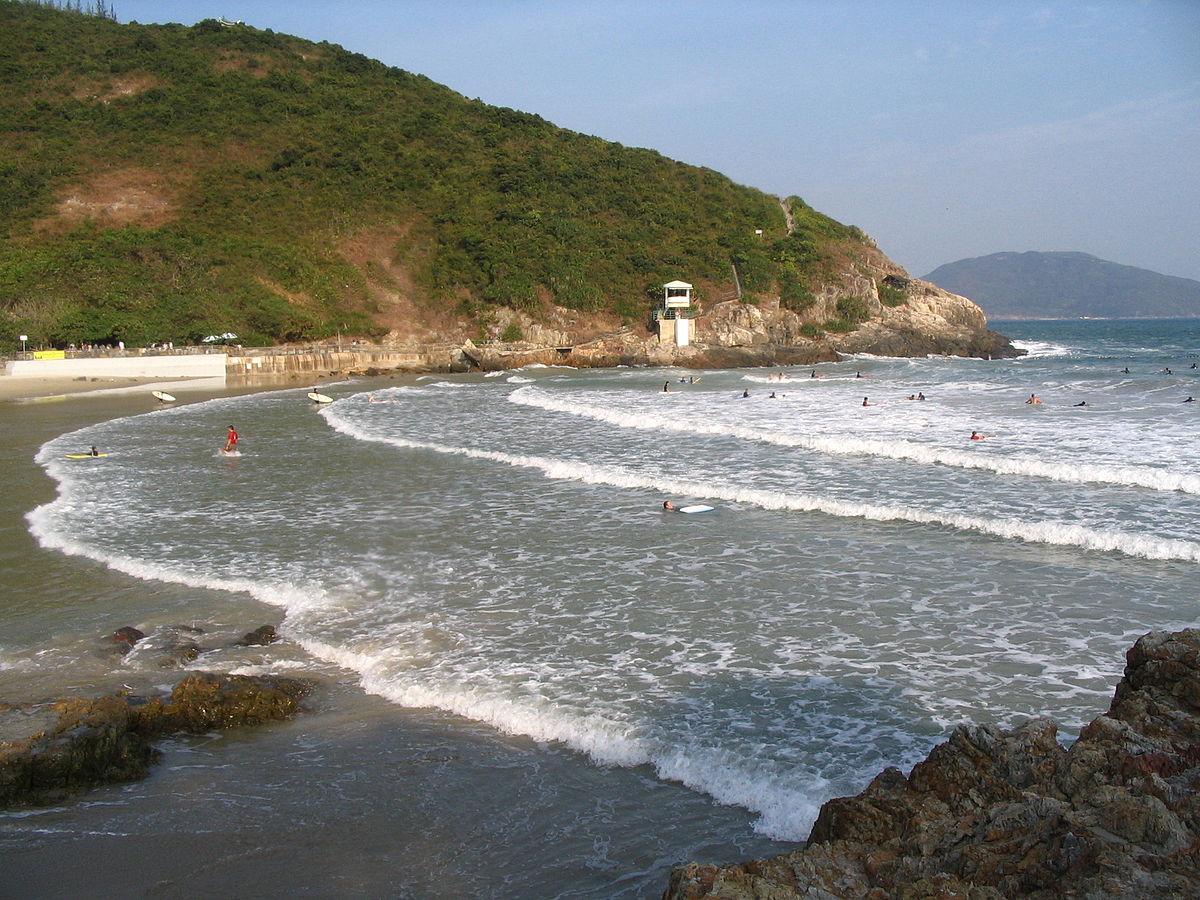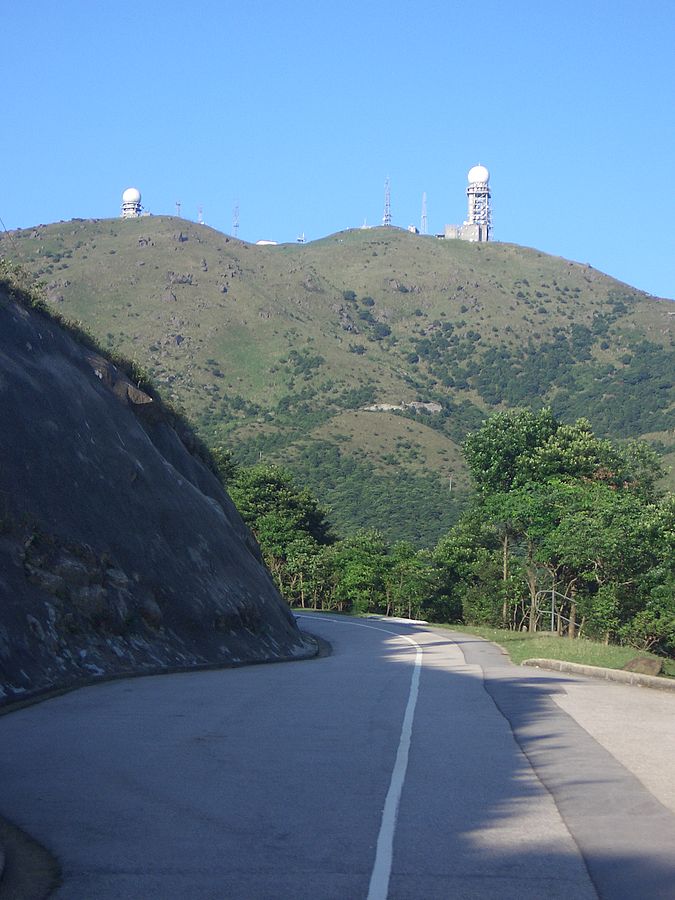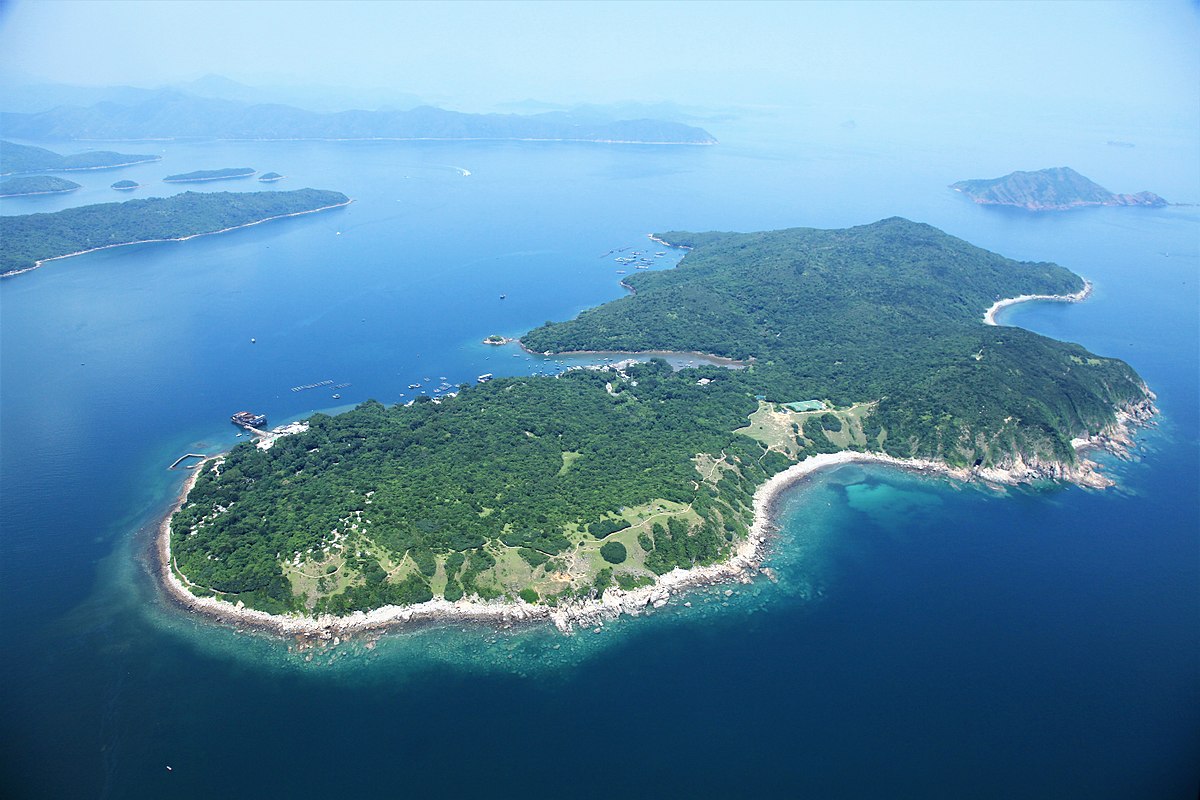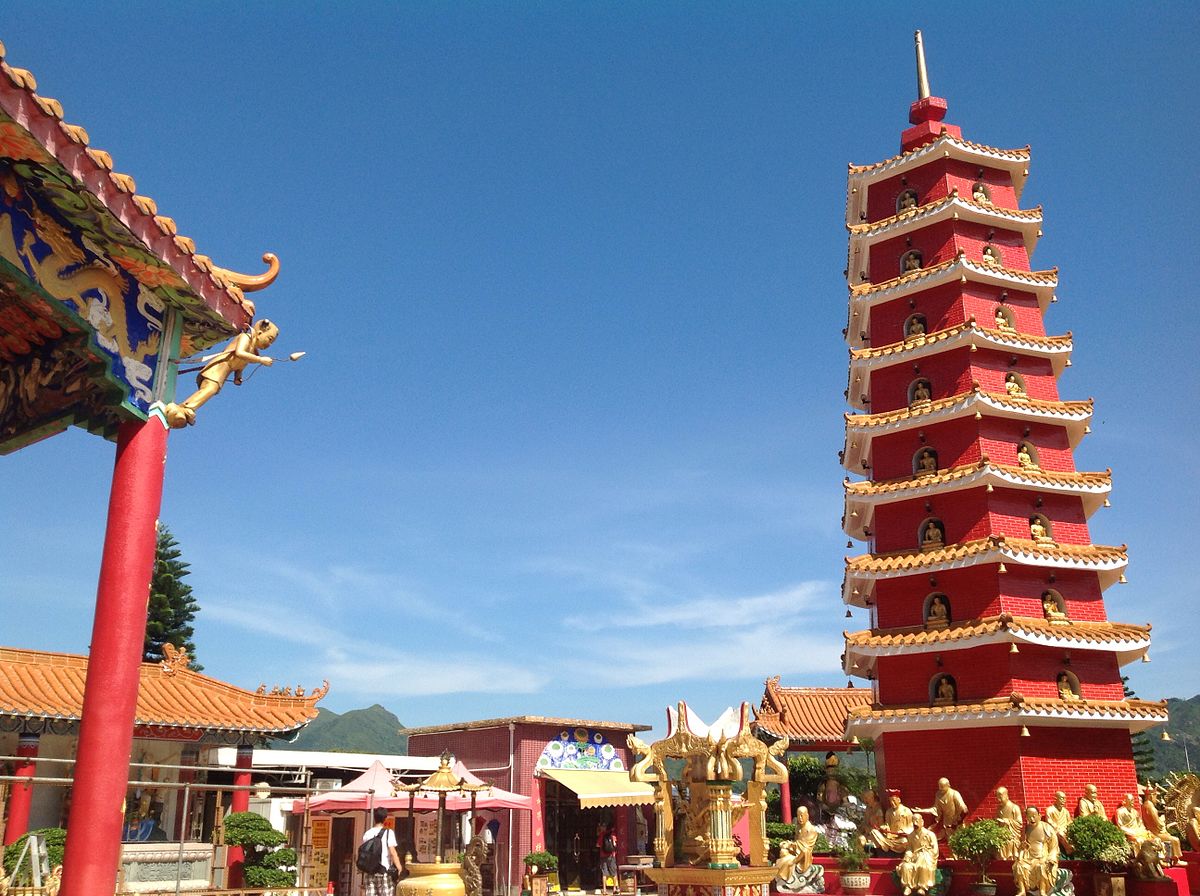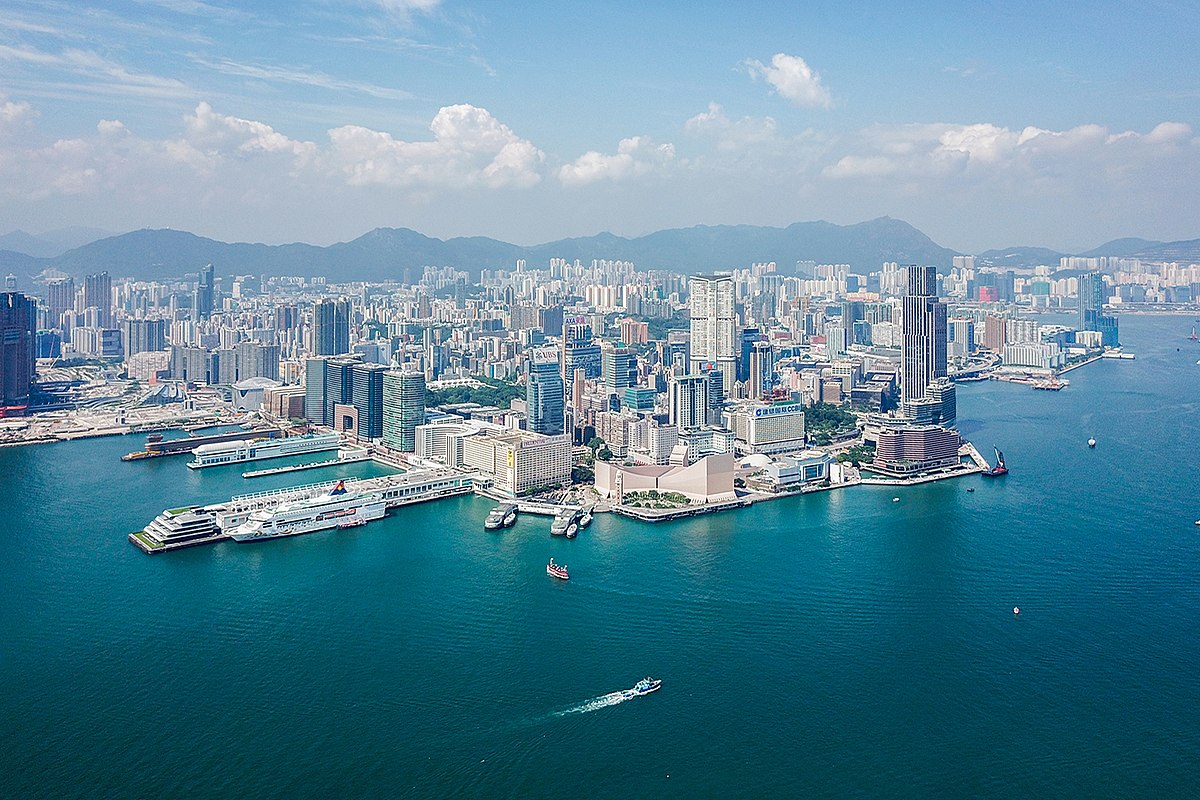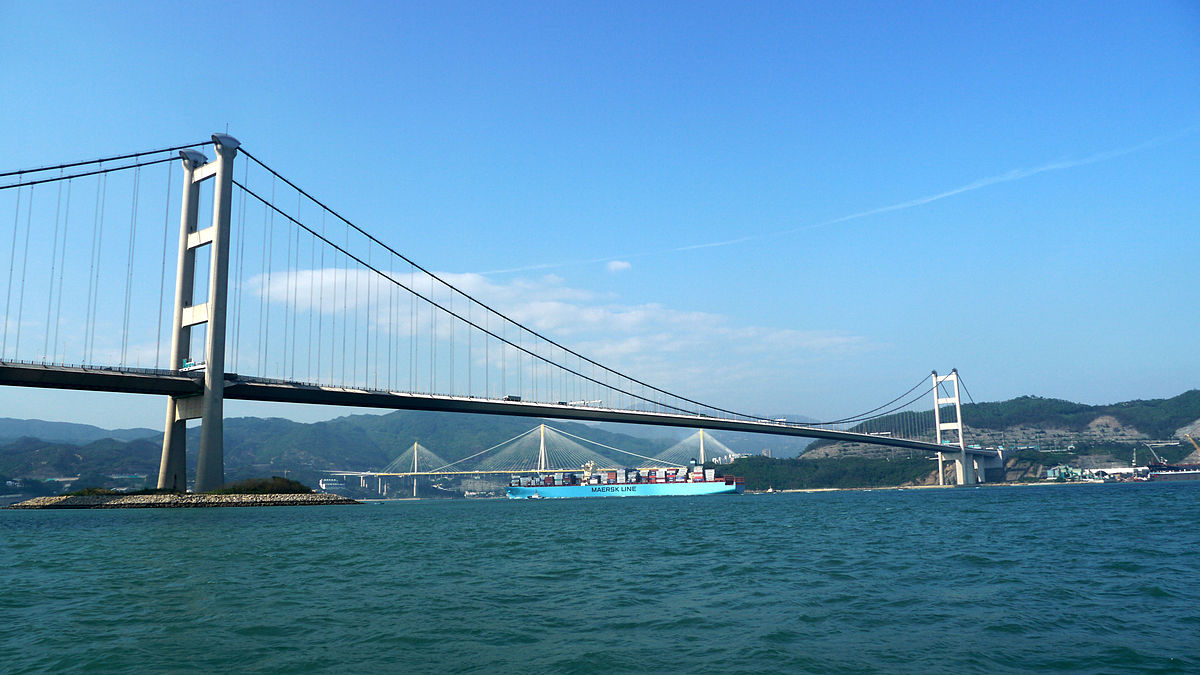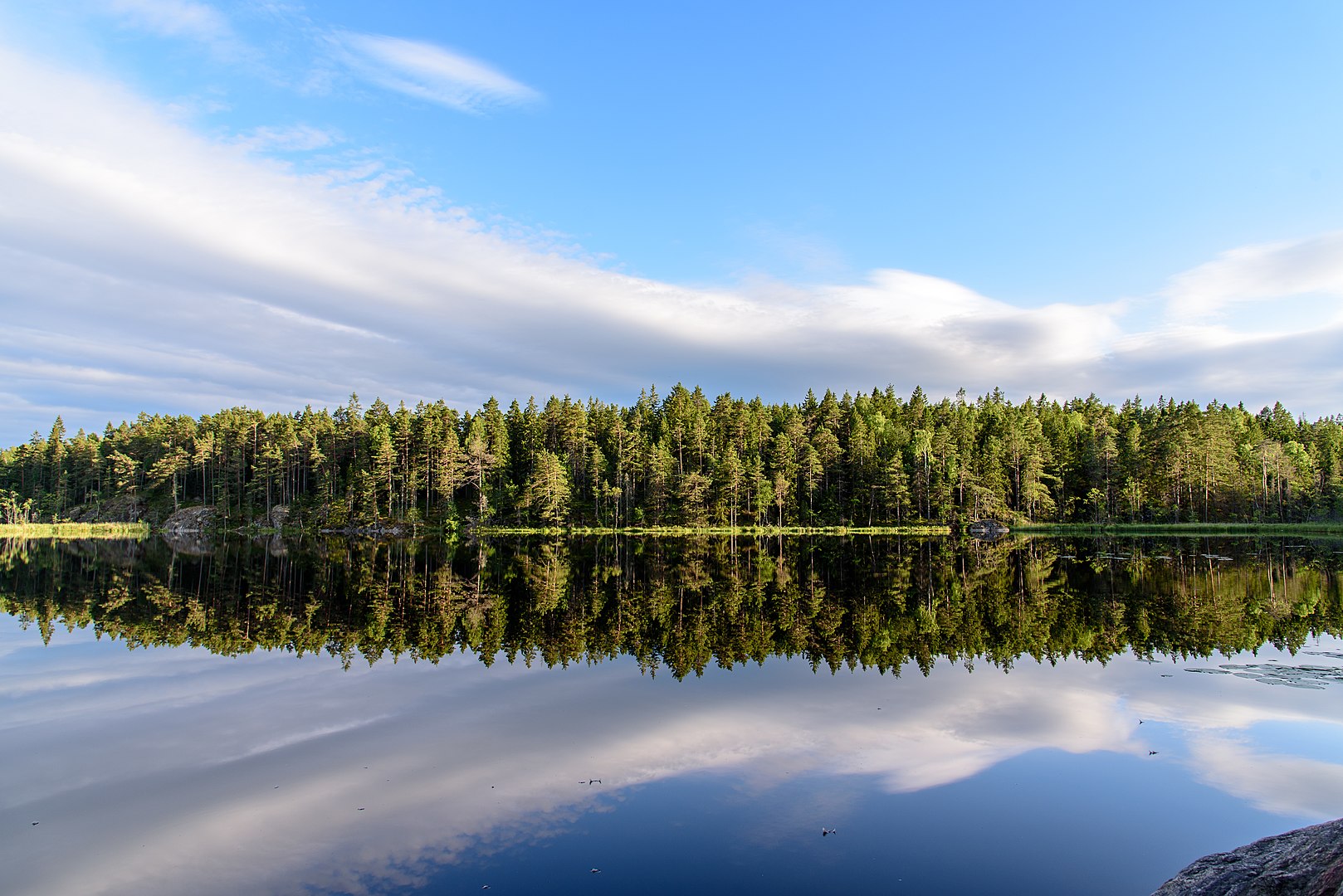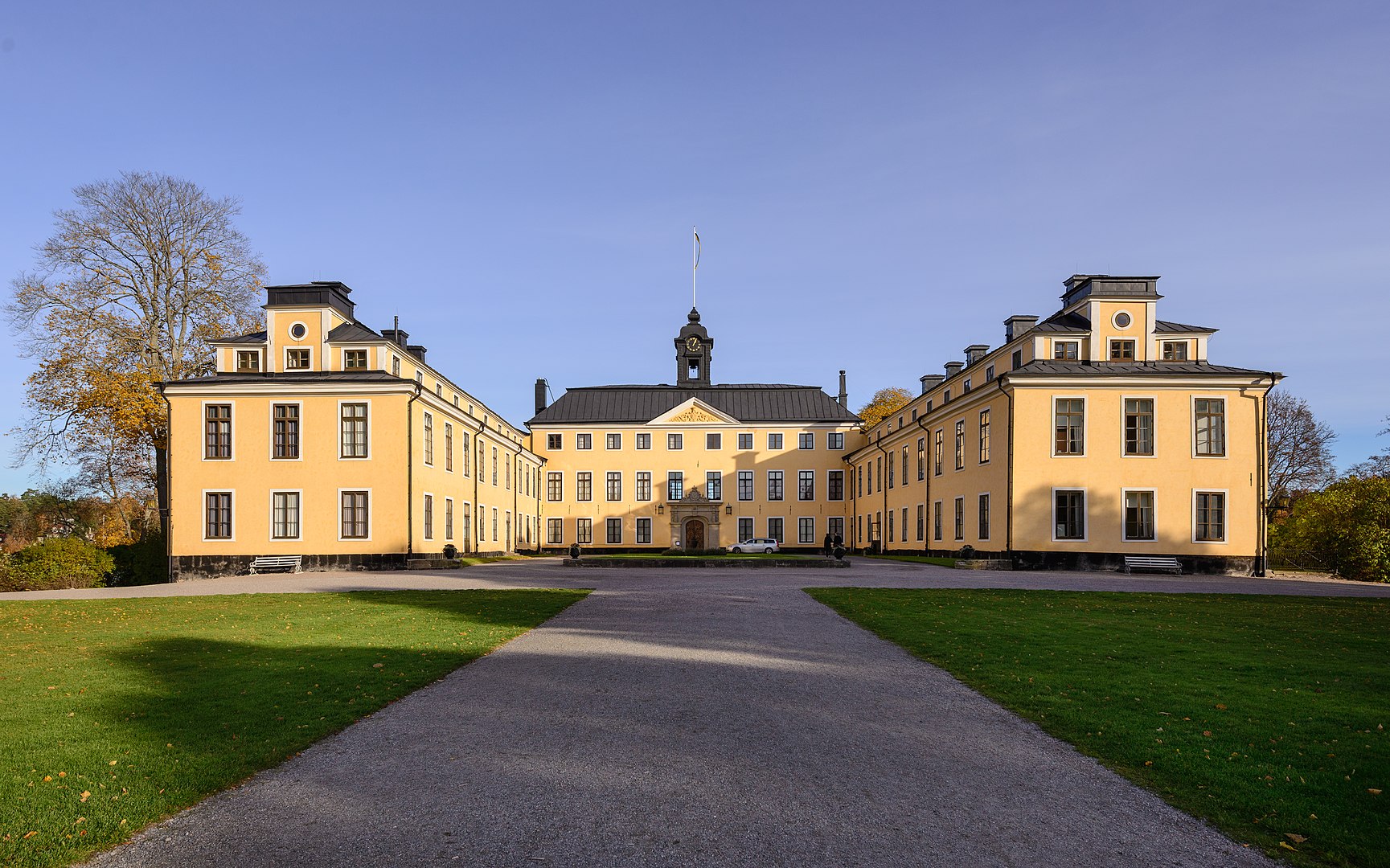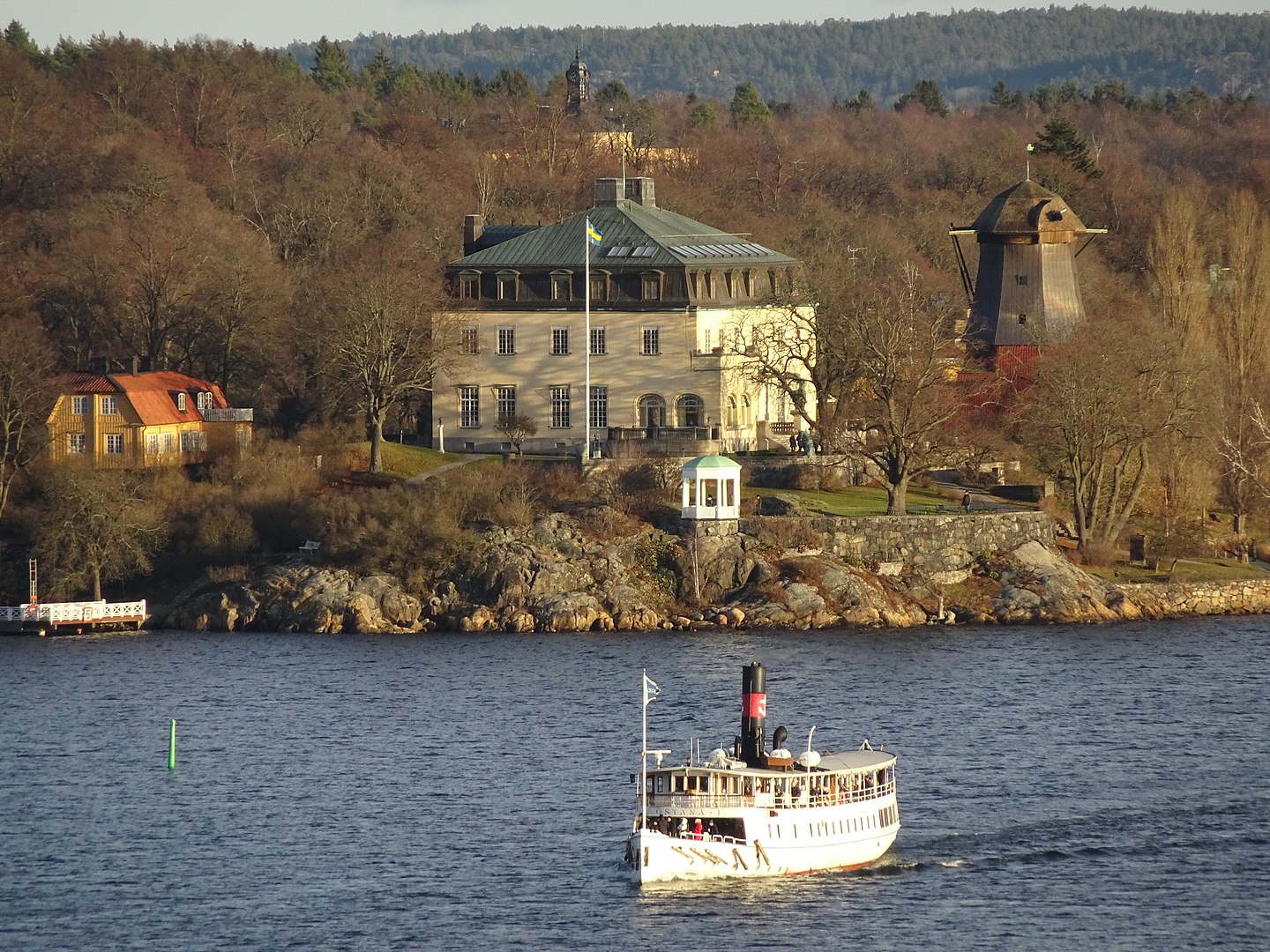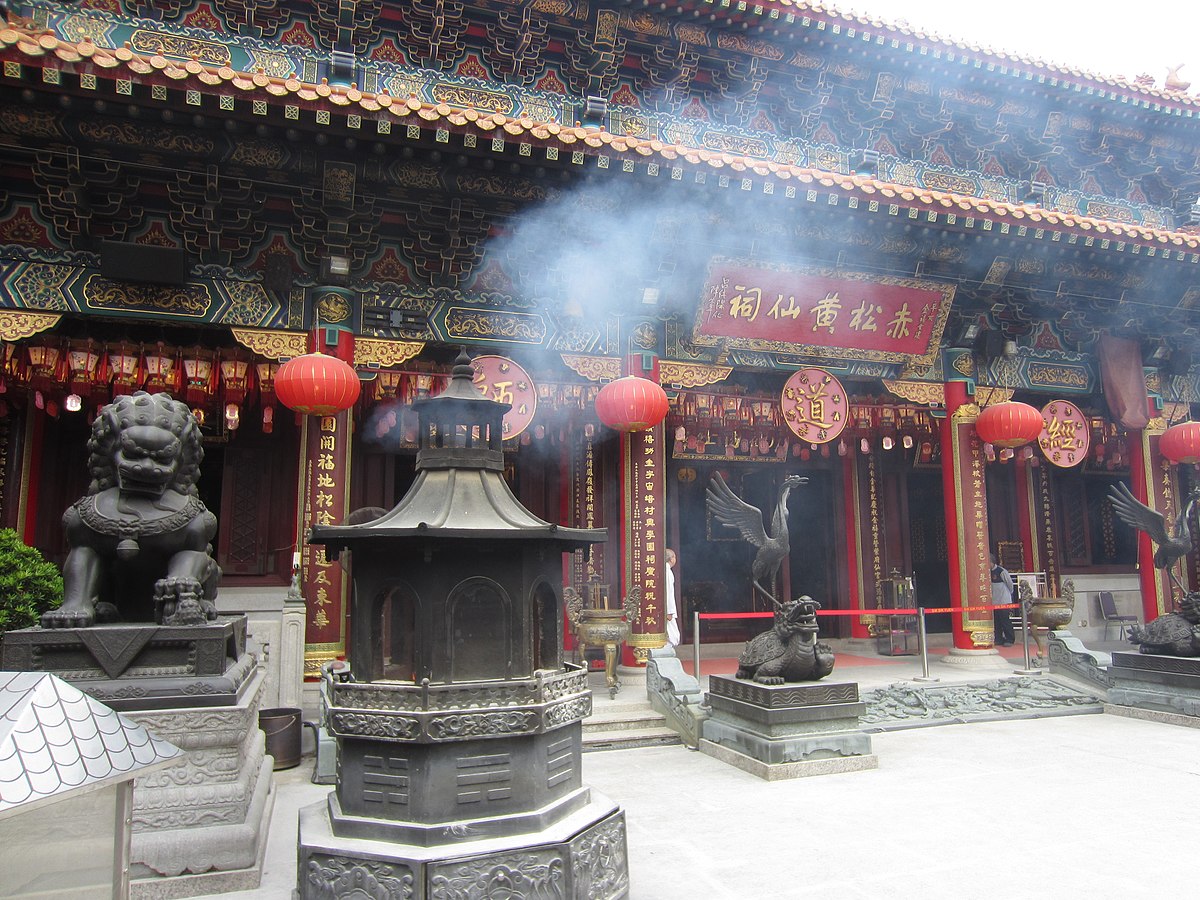HONG KONG
Why is Hong Kong worth a visit?
The most impressive skyline in the world with a sea of over 1,000 skyscrapers, a great city panorama of skyscrapers, sea, islands and mountains, plenty of unspoiled natural landscapes, tranquil islands off the coast, a multitude of picturesque temples, fantastic shopping opportunities in shopping malls and street markets and an almost endless abundance of bars and restaurants – these are just some of the reasons for a trip to Hong Kong. It’s no wonder that the Chinese metropolis is the number one most visited city in the world year after year.
Here are our top 10 reasons to travel to Hong Kong:
1. The Hong Kong skyline is one of the most imposing, beautiful and dynamic in the world. With well over 1,000 skyscrapers, Hong Kong easily outshines even high-rise metropolises like New York City and Dubai.
2. Hong Kong is an Eldorado for lovers of city panoramas. The hilly city on Victoria Harbour and the coast of the South China Sea has so many magnificent vantage points on hills, mountains and buildings, as well as from cable cars and ships, that it’s really hard to decide on the best one.
3. Hong Kong is a metropolis that never sleeps. In hardly any other city in the world life pulsates 24 hours a day with a similar intensity as in Hong Kong.
4. For shopaholics there is hardly a more rewarding destination in Asia than Hong Kong. Whether in the huge shopping malls, the many shopping streets or the world-famous street markets – there is nothing in Hong Kong that does not exist.
5. When people think of Hong Kong, they almost always have the image of a totally built-up city full of high-rise buildings in their minds. However, what many people don’t know is that Hong Kong also has plenty of beautiful, unspoiled natural landscapes to offer.
6. Hong Kong consists of a large number of larger and smaller islands, each with its own character, many of which are worthwhile destinations for a day trip.
7. Hong Kong has beautiful city beaches. Just a short distance from the urban canyons of the metropolis of millions, there are a variety of busy and less busy beaches.
8. The financial and economic metropolis of Hong Kong also has a spiritual side. Amidst and away from the city’s skyscrapers, there are countless picturesque temples to discover.
9. Hong Kong is a culinary Mecca, especially of course for lovers of Chinese dishes. But of course, international cuisine is not neglected in a cosmopolitan city like Hong Kong.
10. Hong Kong has unusual means of transportation. Here you move not only by subways and buses, but also in funiculars, in gondolas and on escalator systems.
For whom is Hong Kong worth a visit?
Skyscraper fans:
For all people who like to look at skyscrapers, Hong Kong is the place to be. With well over 1,000 skyscrapers, not even high-rise metropolises such as New York City or Dubai can come close to holding a candle to the Chinese metropolis. It’s no wonder that Hong Kong’s skyline is one of the most impressive in the world.
Amateur photographers and view lovers:
The terrific skyline, the vibrant harbor, the evergreen hills and the many islands make Hong Kong an exceptionally photogenic city. And to capture all this beauty in photos, Hong Kong has a variety of fabulous vantage points, such as the local mountains Lion Rock, Tai Mo Shan and Victoria Peak, the Sky100 and Peak Tower lookouts and the Star Ferry ferries.
Shopaholics:
For people who love shopping, there is hardly a better destination than Hong Kong. Whether in the huge shopping malls in the Tsim Sha Tsui district or in the many shopping streets and world-famous street markets of Mongkok, there is nothing in Hong Kong that you can’t find. And that for every budget.
Street market fans:
Next to Bangkok, Hong Kong is probably the most famous city in Asia for its street markets. Even those who do not have increased shopping ambitions should pay a visit to one of Hong Kong’s world-famous markets, such as the Ladies Market or the Temple Street Night Market. The markets are a spectacle and pure entertainment.
Nature lovers:
Anyone who thinks Hong Kong is a desert of concrete, glass and steel is seriously mistaken. Three quarters of the territory of Hong Kong consists of more or less untouched natural landscape. Probably the best known natural landscape in the city is the Hong Kong UNESCO Global Geopark with its beautiful and bizarre-looking landscapes.
Islanders:
Hong Kong consists not only of a mainland part and Hong Kong Island, but also of a large number of larger and smaller islands, many of which are worthwhile destinations for a day trip. Those who need a break from the hustle and bustle and the bustling crowds of Hong Kong should board a ferry in the city center and make their way to one of the offshore islands in the South China Sea, such as Cheung Chau, Lamma Island, Peng Chau or Tap Mun.
Beach lovers:
Yes, Hong Kong even has city beaches. Those who like to put their feet in the sand will find a variety of busy and less busy beaches, such as in Repulse Bay and Tai Long Wan, only a short distance from the urban canyons of the metropolis.
Buddhists and temple fans:
Although it is often lost among the city’s skyscrapers – Hong Kong also has a spiritual side. Between and also away from Hong Kong’s skyscrapers are many picturesque Buddhist temples, such as the Chi Lin Nunnery, Po Lin Monastery, Ten Thousand Buddhas Monastery and Wong Tai Sin Temple.
Lovers of Chinese cuisines:
Those who like Chinese food will find their culinary mecca in Hong Kong. Whether in street-side cookshops or in star restaurants in skyscrapers, you can eat incredibly delicious food in many places in Hong Kong.
Fans of unusual transportation:
Those who like to get around by rather unusual means of public transport will love Hong Kong. The 1.4-kilometer funicular Peak Tram takes you up to the local mountain Victoria Peak, the 5.7-kilometer gondola Ngong Ping 360 takes you to the Ngong Ping Plateau on Lantau Island, and the Central Mid-Levels Escalator is an 800-meter-long escalator system that connects the Central, SoHo and Mid-Levels districts.
Best time to travel
Hong Kong has a humid subtropical climate with distinctly different seasons. Winters are quite dry and mild with daytime temperatures between 20 and 25 degrees. In summer, on the other hand, it is quite hot with daytime temperatures of just over 30 degrees and, above all, very humid. Most precipitation falls in the months of April to September. The best times to travel are generally spring (March and April) and fall (October and November). Then Hong Kong is quite well bearable in terms of temperature and the probability that you get very wet, is also somewhat lower. When planning your trip, you should also take into account that Hong Kong is hit by a typhoon every now and then. The typhoon season starts in May and ends in November.
Getting there
By car:
Better take a plane.
By train:
Better take a plane.
By plane:
From Chek Lap Kok International Airport there are daily direct flights to Frankfurt/Main, Munich and Zurich. Vienna is served several times a week. In addition, there is of course the option of making a stopover en route – either in Europe (e.g. in Amsterdam, London or Paris) or in the Middle East (e.g. in Doha, Dubai or Istanbul).
Shopping
For shopaholics, there is hardly a more rewarding destination in Asia than Hong Kong. For over 150 years, the metropolis has been one of the most important marketplaces for global trade. The range of goods on offer and the range of shopping opportunities are correspondingly large. Whether in the huge shopping malls, in the many shopping streets or in the world-famous street markets – there is nothing in Hong Kong that is not available.
Especially classic Far East goods, such as clothing, bags, accessories, electronics and household goods can be purchased very inexpensively in Hong Kong. In general, the cheaper the offer, the higher the risk of buying a fake or non-functional product. Especially with electronic goods you should be careful. High-quality items should only be purchased in Hong Kong from specialized stores or authorized dealers, and preferably from companies that bear the quality seal of the Hong Kong Tourist Board (a golden Q with a Chinese character inside). The “Guide to Quality Shops” with the addresses of all certified dealers is available free of charge at the information desks of the tourist office.
Of course, a trip to Hong Kong should not be complete without a stroll through one of the famous street markets. Even for people without shopping ambitions this is a real experience. The two most famous street markets in the city are the Ladies Market and the Temple Street Night Market. From clothing and leather goods to cosmetics and jewelry to electronics and toys, you can buy just about anything at these markets. And of course, at a typical Chinese market, you’ll also find Chinese institutions like herbalists and fortune tellers.
For those who find the hustle and bustle of Hong Kong’s street markets too unnerving, and who prefer to shop for higher-end (brand-name) products in an air-conditioned atmosphere, she/he should do her/his shopping in one of the city’s many shopping malls. Most shopping malls are located in the districts of Tsim Sha Tsui and Mongkok (in Kowloon) and Central (on Hong Kong Island). A real shopping experience is also a stroll through the shopping streets of Tsim Sha Tsui and Mongkok. Many of the shopping streets have their own unique character or even specialize in a particular product. For example, Canton Road in Tsim Sha Tsui is known for its luxury stores, while Mongkok has its own streets for selling flowers, goldfish and wedding dresses.
Last but not least, a note on prices: Fixed prices apply in department stores, supermarkets, and mostly for marked-down goods. In many electronics stores and jewelers, however, the price is a matter of negotiation and with persistent haggling, one or the other discount can be knocked out. At Hong Kong’s various street markets, haggling is the number one sport anyway, but beware: if the dealer is too fast and too far towards your price, the alarm bells should start ringing about the quality of the product.

Food and drink
Hong Kong is a culinary mecca, especially for lovers of Chinese cuisine, of course. There are probably two reasons why Hong Kong is such a gourmet stronghold. One is the high real estate prices: They ensure that the kitchens in most apartments are very small and many people prefer to eat out. And secondly, the population structure: the vast majority of Hongkongers are Cantonese, and their cuisine is the undisputed queen of all Chinese regional cuisines. Detractors from other Chinese provinces claim that the Cantonese eat everything that has four legs, floats or flies (except tables, ships and airplanes). And admittedly, eating chicken feet and fish lips is not necessarily everyone’s cup of tea. Combined with the use of various herbs, however, this use of even unusual ingredients results in a fascinating variety on Hong Kong menus. Cantonese cuisine is not necessarily known for letting the eye eat along with the food. Here, it is the inner values that count, and the result on the plate or in the bowl is usually the cause of an appreciative nod of the head.
Due to the abundance of fish in the South China Sea surrounding Hong Kong, fish and seafood are naturally high on the menu. Especially on the many smaller islands around Hong Kong, from which fishermen usually still set sail daily, you can eat excellent freshly caught fish. Freshness is probably the most important criterion in Hong Kong when it comes to eating. Sea animals swim in aquariums until the buyer/guest orders them and animals are often slaughtered only at the time of purchase.
As far as meat is concerned, Hong Kong mostly serves pork and poultry. But of course, duck should not be missing from the menu in a Chinese metropolis. If you are a little more daring, you can also try pigeon or quail in Hong Kong. If meat is not your thing, you will find a wide range of excellent vegetarian dishes and restaurants in Hong Kong.
Dimsum is also famous far beyond the borders of Hong Kong and China. This is not a specific dish. Rather, the general Chinese term “dim sum” encompasses all sorts of traditional snacks and is therefore probably best translated as “snack”. Thus, a dimsum is also usually a small dish, usually steamed or deep-fried.
However, to reduce Hong Kong to Chinese cuisine alone would do the city a great injustice. After all, the metropolis has always been a global economic and trade center, and in this function it is also a magnet for immigrants from all over the world. Thus, you can also find excellent French, Indian, Indonesian, Italian, Japanese, Korean and Thai restaurants in Hong Kong.
Nightlife and entertainment
Hong Kong is one of the world’s cities that never sleeps. When the lights have already gone out and the sidewalks have been raised in other world metropolises, the night owls of Hong Kong still cavort in beer pubs, rooftop bars, clubs, karaoke bars and night markets. Even in the days of British rule, Hong Kong was a party hotspot within Asia. Even after the city was handed over to the People’s Republic of China, virtually nothing has changed.
If you want to go out in Hong Kong, you will most likely go to the Central or SoHo districts on Hong Kong Island or to Tsim Sha Tsui on the Kowloon side. Central and SoHo are, so to speak, the international nightlife districts of Hong Kong. Here, the thousands and thousands of expats living in Hong Kong populate the countless pubs and bars after work and ensure record-breaking beer and cocktail sales. Incidentally, Hong Kong’s most famous party mile is Lan Kwai Fong. In the small L-shaped street, nearly 100 restaurants, bars and clubs await their hungry, thirsty and party-hungry audience every evening. If you like to get up close and personal with other people, Lan Kwai Fong is definitely the place to be.
Many Chinese prefer the nightlife in Tsim Sha Tsui on the Chinese mainland. Here, too, the choice of restaurants and bars is unmanageable. Incidentally, Tsim Sha Tsui is also home to some of Hong Kong’s most posh and expensive bars and restaurants, many with great views over Victoria Harbour.
If you are looking for erotic pleasures, you will find them in the former red light district of Wan Chai. Here are many strip and sex establishments with dancers/prostitutes from Southeast Asia. But in Wan Chai there are also “normal” bars and clubs.
Since Hong Kong is a Chinese/Asian city, of course karaoke is also very popular. If you don’t speak Cantonese, you should still visit a typical Hong Kong karaoke bar. The entertainment value is enormous. Besides karaoke, Hong Kong people also love live music. Accordingly, many bars and clubs offer live acts.
Sights
- All in Hong Kong
- Alle in Stockholm
- Beaches
- Bridges
- Castles & Palaces
- Churches & Monasteries
- Districts
- Gardens & Parks
- Highlights
- Historical buildings
- Museums & Galleries
- Natural landscapes & National parks
- Other sights
- Shopping
- Streets & Squares
- Theater & Opera houses
- Theme & Amusement parks
- Viewpoints
- World Heritage Sites
- Zoos & Aquariums

Photos: Mk2010, Victoria Harbour (Hong Kong), CC BY-SA 3.0 / Wpcpey, Tsim Sha Tsui Overview 2018, CC BY-SA 4.0 / Mk2010, Former Kowloon-Canton Railway Clock Tower (Hong Kong), CC BY-SA 4.0 / Another Believer, Hong Kong (2017) – 980, CC BY-SA 4.0 / Béria L. Rodríguez, Tian Tan Buddha by Beria, CC BY-SA 3.0 / Mitchan14, Pagoda view, CC BY-SA 3.0 / Kroisenbrunner, Hong Kong – Chi Lin Nunnery main building, CC BY-SA 4.0 / Николай Максимович, Bruce Lee, Avenue of Stars, Hong Kong – panoramio, CC BY 3.0 / Hong Kong Student, 中環半山自動扶手電梯系統, CC BY 3.0 / Hiroki Ogawa, Peak Tram Victoria Peak Hong Kong – panoramio, CC BY 3.0 / Bohao Zhao, Lantau Island from Cable Car 大嶼山纜車 – panoramio, CC BY 3.0 / TK, Tai Long Wan – Sai Kung (Hong Kong), CC BY-SA 4.0 / Wing1990hk, Repulse Bay 201501, CC BY 3.0 / Wpcpey, Tung Choi Street 201705, CC BY-SA 4.0 / Hoifosuhetaizhu, HK Disneyland 小飛象 Dumbo the Flying Elephant Oct-2013 Kiddie Plane Ride, CC BY-SA 3.0 / Diego Delso, Mercado en Temple St., Hong Kong, 2013-08-11, DD 05, CC BY-SA 3.0 / Wiki.lkfa, LKF Xmas 02, CC BY-SA 3.0 / Mk2010, Ma Wan, Tung Wan Beach at night (Hong Kong), CC BY-SA 4.0 / Diego Delso, Vista del Puerto de Victoria desde Sky100, Hong Kong, 2013-08-09, DD 10, CC BY-SA 3.0
English version: Machine translation by DeepL






